Homes & Gardens
Best Flowers for a Stunning Home Garden
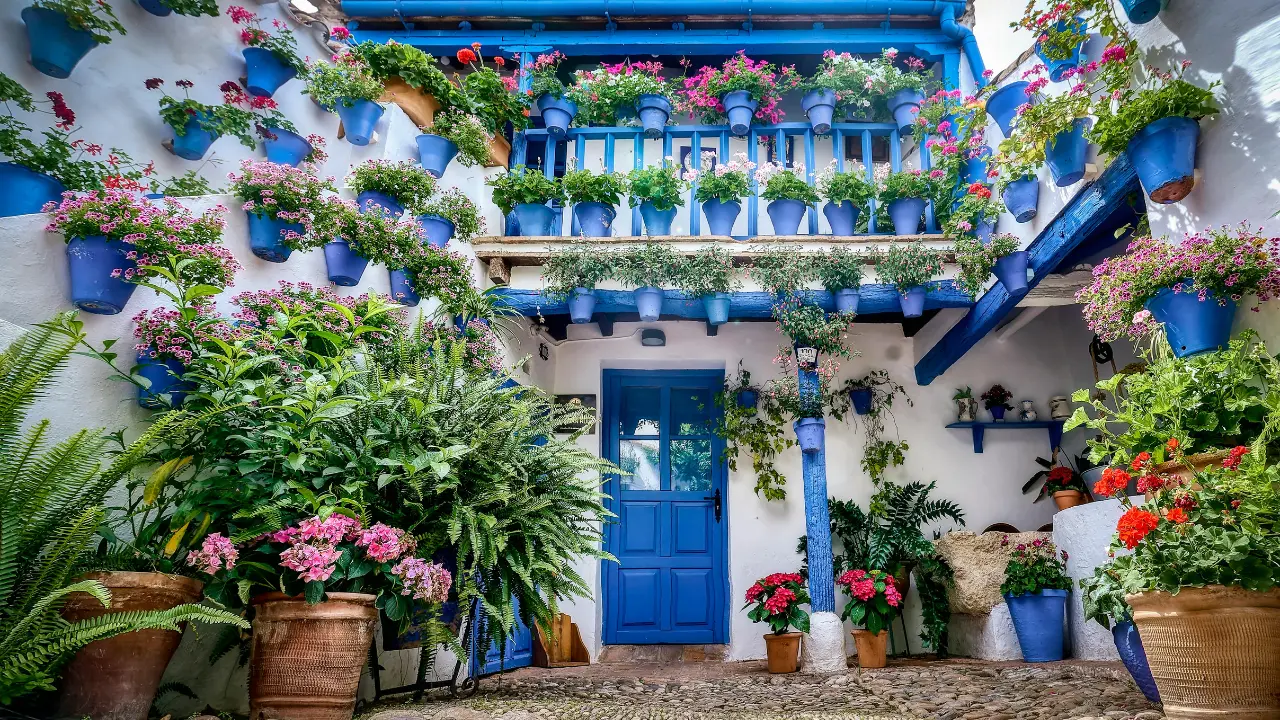
Key Takeaways:
- Sunflowers, zinnias, and marigolds are easy-to-grow annual flowers great for beginners.
- Perennials like coneflowers, lavender, and daylilies bloom year after year.
- Impatiens, begonias, and fuchsias are perfect for shaded areas.
- Attract pollinators with lantana, hibiscus, and black-eyed Susans.
- Low-maintenance options include portulacas, ice plants, and moss roses.
- Petunias, geraniums, and calibrachoas are ideal for containers and small spaces.
- Roses, sweet alyssum, and dianthus add wonderful fragrance to your garden.
- Plant bulbs like daffodils and dahlias for spring and summer blooms.
- Vines such as morning glories, sweet peas, and clematis can cover vertical spaces.
- Lavender, ornamental onions, and marigolds are deer and pest-resistant.
Having a beautiful garden filled with colorful flowers can truly brighten up your home and lift your mood. Not only do they add visual appeal, but many flowers also attract pollinators like butterflies and hummingbirds, creating a vibrant ecosystem right in your backyard. So, let’s dive into the best flowers to consider for your home garden!
Easy-to-Grow Annual Flowers for Beginners
If you’re new to gardening, start with some easy-to-grow annual flowers that bloom for one season. These are a great way to gain confidence and experience some success before moving on to more challenging plants.
Sunflowers
With their bright yellow petals and towering heights (some varieties can reach up to 16 feet!), sunflowers are a classic choice for adding cheerful color to your garden. They’re drought and heat-tolerant, making them perfect for those hot summer days. Plus, their seeds attract birds, providing an extra dose of natural beauty.
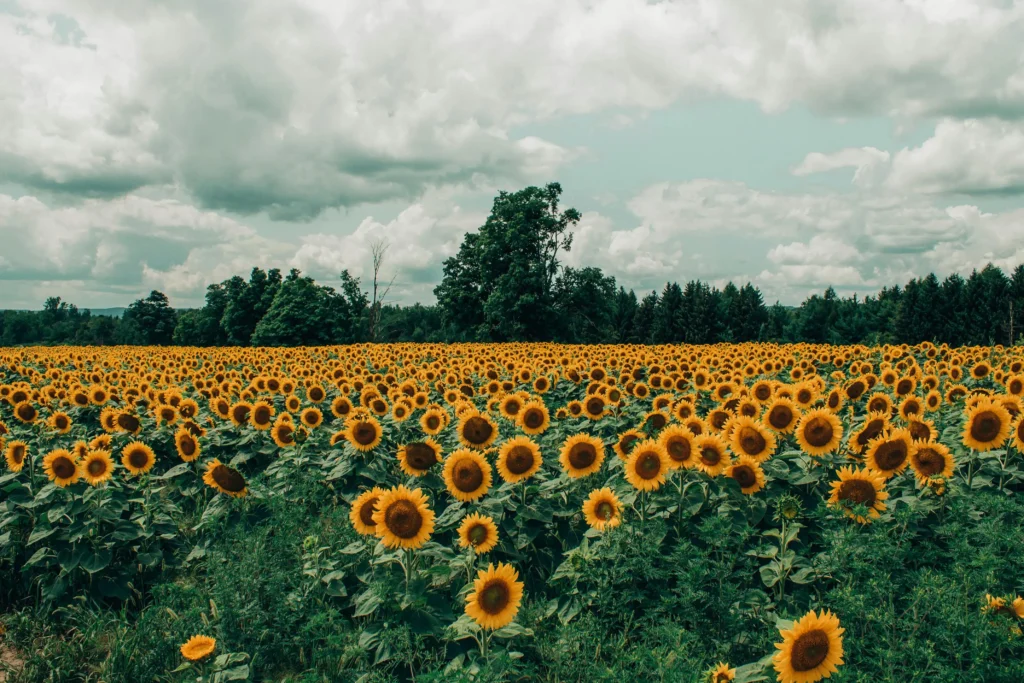
Zinnias
Zinnias come in a wide range of shapes and colors, from classic daisies to pom-poms and even spiky varieties. They’re easy to grow from seed and will bloom throughout the summer, attracting butterflies to your garden. Zinnias thrive in rich, well-drained soil and full sun.
Marigolds
With their vibrant shades of yellow, orange, and red, marigolds are a staple in many gardens. They’re quick growers from seed and are known for their ability to deter mosquitoes and other pests. Marigolds prefer well-drained soil and full sun, and they’ll bloom from spring until frost.
Cosmos
These delicate beauties with their daisy-like petals in shades of pink, orange, and white are not only pretty to look at but also help repel mosquitoes. Cosmos grow quickly from seed and thrive in well-drained soil and full sun.
Morning Glories
If you’re looking for a climbing vine to add vertical interest to your garden, consider morning glories. Their trumpet-shaped blooms in shades of blue, purple, and pink are truly stunning, and they readily self-sow, ensuring new plants each year. Morning glories need moderately fertile, well-drained soil and full sun.
Sweet Peas
With their sweet fragrance and gorgeous colors ranging from blue to pink and purple, sweet peas are a delightful addition to any garden. They’re annuals that bloom in early summer and require well-drained soil, consistent moisture, and a supportive trellis or fence to climb.
Nasturtiums
These vibrant annuals with their shades of orange, red, and yellow not only look beautiful but are also edible! Nasturtiums are quick growers that thrive in well-drained soil and full sun, trailing up to 10 feet depending on the variety.
Perennial Flowers that Keep Coming Back
Perennial flowers are a great investment for your garden, as they’ll bloom year after year with proper care. Here are some stunning options to consider:
Coneflowers
Also known as echinacea, coneflowers are tough perennials that can handle the heat of Indian summers. Their vibrant purple, pink, or white petals surrounding a raised cone are truly eye-catching, and they make excellent cut flowers too. Coneflowers prefer well-drained soil and full sun.
Dianthus
With their clove-like fragrance and evergreen foliage, dianthus (or carnations) add both color and scent to your garden. These low-growing perennials bloom from spring through summer in shades of red, pink, purple, and white. They’re deer-resistant and thrive in well-drained soil and full sun to partial shade.
Peonies
If you’re looking for a showstopper, look no further than peonies. These magnificent blooms with their lush green foliage and scrumptious flowers in shades of pink, red, and white are simply breathtaking. Peonies are perennials that require well-drained soil and plenty of sun.
Lavender
Not only does lavender add beautiful shades of purple to your garden, but it also emits a heavenly fragrance that can help repel mosquitoes. These hardy perennials are drought-tolerant and prefer well-drained soil and full sun.
Daylilies
As their name suggests, daylilies bloom continuously over a long period, providing pops of yellow, red, pink, and purple throughout the growing season. They’re excellent for mass planting, tolerating heat and humidity well. Daylilies need rich, well-drained soil and full sun.
Ornamental Onions (Alliums)
These unique perennials with their globe-shaped purple, pink, or white blooms add architectural interest to your garden. Ornamental onions are relatively resistant to deer and other pests, and they prefer well-drained soil and full sun.
Asters
Just when you think your garden is winding down for the season, asters burst onto the scene with their vibrant purple, pink, or white daisy-like blooms. These hardy perennials bloom in late summer and thrive in well-drained, loamy soil and full sun or partial shade.
Coreopsis
With their cheerful yellow, orange, or red daisy-like flowers, coreopsis is a real spirit-lifter in the garden. These reliable perennials attract pollinators and prefer well-drained, fertile soil and full sun to partial shade.
Shade-Loving Flowering Plants
Not all gardens are bathed in full sun, but that doesn’t mean you can’t enjoy beautiful blooms. Here are some fantastic options for those shaded areas:
Impatiens
If you have a partially or fully shaded spot in your garden, impatiens are a great choice. These long-blooming annuals (or perennials in warmer climates) come in a variety of colors and will flower non-stop from June until frost. They prefer loamy soil and consistent moisture.
Wax Begonias
With their vibrant shades of orange, pink, white, and yellow, wax begonias add a tropical flair to shaded areas of your garden. These annuals (or perennials in very warm climates) produce single or double blooms and require fertile, well-draining soil and partial sun to shade.
Fuchsias
For a real showstopper in the shade, consider fuchsias. Their dangling blooms in shades of purple, pink, red, and white are not only beautiful but also attract hummingbirds to your garden. Fuchsias prefer moist, well-drained soil and shade (they don’t like heat or humidity).
Pollinator-Friendly Flowers
Attracting pollinators like butterflies, bees, and hummingbirds to your garden is not only fascinating to watch but also essential for the health of your plants. Here are some great pollinator-friendly options:
Lantana
With their vibrant clusters of yellow, orange, red, and pink flowers, lantana is an absolute butterfly magnet. These hardy plants are low-maintenance, thriving in full sun and well-drained soil with moderate watering.
Hibiscus
The large, showy blooms of hibiscus in shades of red, pink, yellow, and white are simply stunning, and they’ll no doubt attract hummingbirds and butterflies to your garden. Hibiscus prefers well-drained soil and full sun.
Dahlias
From classic single blooms to extravagant dinner-plate varieties, dahlias come in a kaleidoscope of colors and shapes that are sure to attract pollinators. These tubers thrive in well-drained, sandy soil and full sun, blooming from mid-summer until first frost.
Salvias
With their vibrant shades of blue, purple, red, and white, salvias (also known as sages) are excellent for attracting hummingbirds and butterflies to your garden. These sun-loving plants have varying heights and don’t require much fertilizer to put on a beautiful show.
Black-eyed Susans
As their name suggests, these cheerful daisy-like flowers with their yellow petals surrounding a dark brown center resemble a smiling face. Black-eyed Susans are heat and drought-resistant, making them perfect for those hot summer days while also luring in pollinators with their nectar-rich blooms.
Low-Maintenance, Drought-Tolerant Beauties
Not everyone has the time (or desire) for high-maintenance plants. If you’re looking for flowers that can mostly fend for themselves, consider these low-maintenance, drought-tolerant options:
Portulacas
With their vibrant blooms in shades of pink, yellow, orange, and white, portulacas are the perfect ground cover for those dry, sunny areas of your garden. They require minimal care, thriving in well-drained soil and full sun. Just be cautious if you have pets, as portulacas are toxic to cats and dogs.
Ice Plants
As their name suggests, ice plants are highly drought-tolerant, making them ideal for those hot, dry spots in your garden. They produce vibrant daisy-like blooms in shades of pink, yellow, and white, and their succulent foliage adds an interesting texture.
Moss Roses
Don’t let their delicate appearance fool you – moss roses are tough little plants that can handle hot, dry conditions with ease. These low-growing beauties bloom in shades of pink, yellow, and white from spring until fall, requiring minimal care beyond well-drained soil and full sun.
Four O’clocks
With their sweet fragrance and trumpet-shaped blooms that open in the late afternoon (hence the name), four o’clocks are a charming addition to any low-maintenance garden. These heat-loving plants thrive in well-drained soil and full sun, blooming from summer until frost.
Flowering Plants for Containers and Small Spaces
Don’t have a big yard? No problem! You can still enjoy beautiful blooms by growing flowering plants in containers or utilizing vertical spaces. Here are some great options:
Petunias
With their vibrant colors and prolific blooms, petunias are a classic choice for containers, window boxes, and hanging baskets. They come in a range of shapes and hues, from classic ruffled varieties to miniature or trailing types. Petunias need well-drained soil and full sun.
Geraniums (Pelargoniums)
Geraniums (technically pelargoniums) are low-maintenance workhorses for containers and garden beds alike. With their vibrant shades of red, pink, purple, and white, they’ll bloom from spring until frost, attracting birds with their colorful displays. Give them rich, well-drained soil and full sun to afternoon shade.
Calibrachoas
If you’re looking for a profusion of tiny petunia-like blooms in shades of yellow, orange, red, pink, and white, calibrachoas are an excellent choice for containers and hanging baskets. These trailing plants thrive in full sun and well-drained soil with moderate moisture.
Angelonias
With their snapdragon-like spikes of purple, pink, or white blooms, angelonias add vertical interest to containers and garden beds. They’re low-maintenance, blooming continuously without the need for deadheading, and they prefer full sun and well-drained soil.
Bacopas
For a trailing plant with delicate, jewel-toned blooms in shades of white, blue, and lavender, look no further than bacopas. These versatile plants are not only gorgeous in containers and hanging baskets but also have edible and medicinal properties.
Fragrant Flowers for a Sweet-Smelling Garden
There’s nothing quite like the sweet scent of fragrant flowers wafting through your garden. Here are some heavenly options to consider:
Roses
No fragrant garden would be complete without roses. From classic hybrid teas to modern shrub and climbing varieties, roses come in a rainbow of colors and intoxicating fragrances. They prefer well-drained soil and at least six hours of direct sunlight per day.
Sweet Alyssum
As their name suggests, sweet alyssums emit a delightful honey-like fragrance that will make your garden an olfactory delight. These low-growing annuals bloom in shades of white, purple, and pink, thriving in well-drained soil and full sun.
Dianthus (Carnations)
In addition to their vibrant blooms and evergreen foliage, dianthus (or carnations) are prized for their clove-like fragrance. Plant these deer-resistant perennials in well-drained soil and full sun to partial shade for a continuous supply of sweetly scented flowers.
Bulbs and Tubers for Spring and Summer Blooms
No garden would be complete without the annual spectacle of spring-blooming bulbs and summer-blooming tubers. Here are some must-haves:
Daffodils
With their cheerful yellow, orange, and white blooms, daffodils are the harbingers of spring. Plant these hardy bulbs in well-drained soil in the fall, and they’ll reward you with their beautiful flowers year after year.
Dahlias
From miniature pom-pom varieties to giant dinner-plate blooms, dahlias come in a dazzling array of colors and shapes. Plant their tubers in well-drained, sandy soil in the spring, and they’ll bloom from mid-summer until frost.
Lilies
For a touch of elegance and fragrance in your summer garden, consider planting lilies. From classic Asiatic and Oriental varieties to trumpets and more, lilies come in a range of colors and perfumes. They prefer well-drained soil and at least six hours of direct sunlight per day.
Climbing and Trailing Flowering Vines
Don’t forget to utilize vertical spaces in your garden! Climbing and trailing vines can add height, texture, and even fragrance to your outdoor oasis. Here are some excellent options:
Morning Glories
With their trumpet-shaped blooms in shades of blue, purple, pink, and white, morning glories are a classic choice for covering fences, trellises, and arbors. They readily self-sow, ensuring new plants each year, and they thrive in moderately fertile, well-drained soil and full sun.
Sweet Peas
In addition to their intoxicating fragrance, sweet peas produce gorgeous blooms in shades of blue, pink, purple, and red. Plant them in loamy, well-drained soil, and provide a supportive structure for them to climb, as they can reach up to 8 feet tall.
Clematis
With their large, showy blooms in shades of purple, blue, white, and pink, clematis vines are a showstopper when trained up a trellis or allowed to scramble through other plants. Different varieties have varying sunlight requirements, so be sure to choose the right one for your garden conditions.
Bougainvilleas
If you’re looking for a tropical burst of color, bougainvilleas are an excellent choice. These vibrant vines produce masses of purple, pink, orange, or white papery bracts (modified leaves) that resemble flowers. They love sunny areas and well-drained soil.
Deer-Resistant and Pest-Resistant Flowers
Unfortunately, deer, rabbits, and other pests can wreak havoc on your garden. To help deter these unwanted visitors, consider planting some of these deer and pest-resistant flowers:
Lavender
In addition to its beautiful purple blooms and heavenly fragrance, lavender is well-known for its ability to deter deer and rabbits. These drought-tolerant plants prefer well-drained soil and full sun.
Ornamental Onions (Alliums)
With their globe-shaped purple, pink, or white blooms, ornamental onions not only add visual interest to your garden but are also relatively resistant to deer, voles, chipmunks, and rabbits. Plant their bulbs in well-drained soil and full sun.
Marigolds
Aside from their cheerful yellow, orange, and red blooms, marigolds are prized for their ability to deter rabbits, deer, and even some garden pests. These hardy annuals thrive in well-drained soil and full sun, blooming from spring until frost.
FAQ
Now that we’ve covered a wide range of beautiful flowering plants for your home garden, let’s address some frequently asked questions:
What are the easiest flowers to grow for beginners?
Some of the easiest flowers for beginner gardeners include sunflowers, zinnias, marigolds, and cosmos. These annuals are straightforward to grow from seed, tolerate a wide range of conditions, and provide vibrant color with minimal care.
Which flowers are best for shaded areas?
Impatiens, wax begonias, and fuchsias are excellent choices for shaded spots in your garden, as they thrive in low-light conditions and produce beautiful blooms throughout the growing season.
How can I attract pollinators like butterflies and hummingbirds to my garden?
To attract pollinators, consider planting lantana, hibiscus, dahlias, salvias, and black-eyed Susans. These vibrant, nectar-rich flowers are irresistible to butterflies, hummingbirds, and bees alike.
What are some low-maintenance, drought-tolerant flower options?
If you’re looking for flowers that can handle hot, dry conditions with minimal care, try portulacas, ice plants, moss roses, and four o’clocks. These tough plants thrive in well-drained soil and full sun, making them ideal for low-maintenance gardens.
Which flowers are best for containers and small spaces?
Petunias, geraniums (pelargoniums), calibrachoas, angelonias, and bacopas are all excellent choices for containers, hanging baskets, and small garden spaces. They come in a range of colors and growth habits, making it easy to create beautiful displays even with limited room.
How can I add fragrance to my garden?
To enjoy sweet-smelling blooms in your garden, consider planting roses, sweet alyssum, and dianthus (carnations). These fragrant flowers not only look beautiful but also fill the air with their heavenly scents.
What are some deer-resistant and pest-resistant flower options?
If you’re dealing with deer, rabbits, or other garden pests, try planting lavender, ornamental onions (alliums), and marigolds. These tough plants are known for their ability to deter unwanted visitors while still providing beautiful blooms and foliage.
Conclusion
Creating a stunning home garden filled with vibrant, fragrant flowers is easier than you might think. By selecting the right plants for your space, sun exposure, and maintenance preferences, you can enjoy a constantly evolving display of color and beauty right outside your door.
Whether you’re a seasoned gardener or just starting out, the key is to choose plants that suit your lifestyle and growing conditions. From easy-to-grow annuals like sunflowers and zinnias to low-maintenance perennials like coneflowers and lavender, there’s something for every gardener in this guide.
Don’t be afraid to experiment and have fun with different colors, textures, and combinations. Your garden is a blank canvas just waiting for you to bring it to life with your favorite flowering plants. So grab your gardening gloves, get planting, and enjoy the beauty and serenity that a flower-filled garden can bring to your home.

Homes & Gardens
The Most Valuable Dogs in the World That Can Be Kept at Home
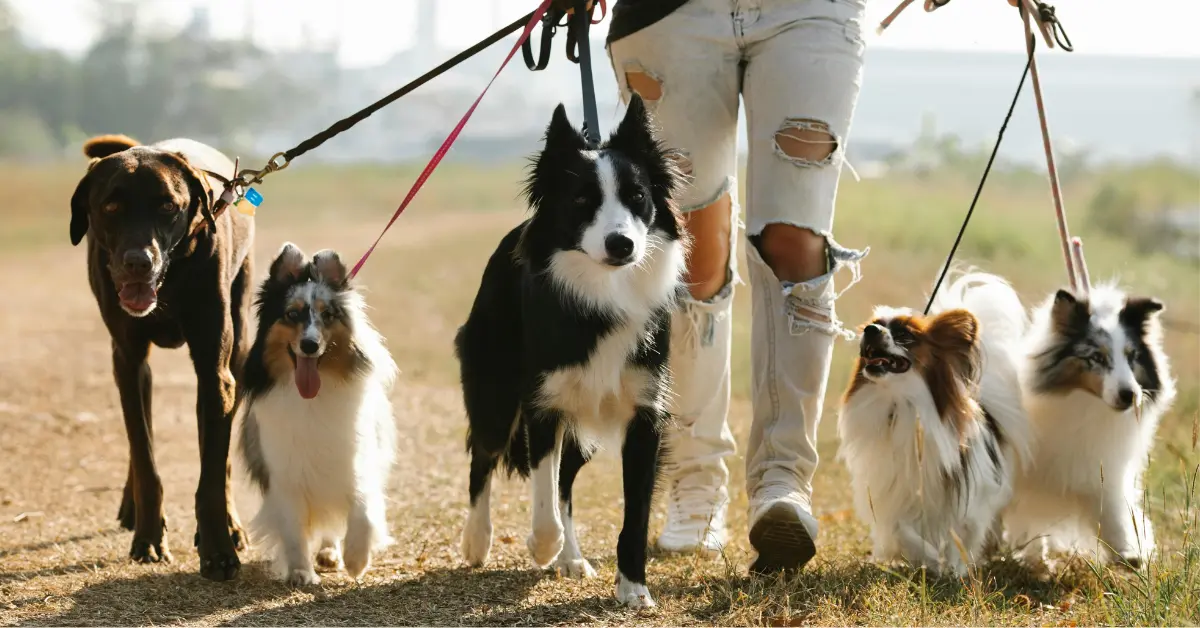
Key Takeaways
- Expensive dog breeds are valued based on rarity, pedigree, training, and demand.
- Some of the most valuable dogs are great pets for homes, offering companionship and protection.
- Owning a high-value dog comes with high maintenance costs, grooming needs, and potential health risks.
- It’s essential to choose a dog breed that fits your lifestyle rather than just its price.
The Most Valuable Dogs That Make Great Pets
Imagine owning a dog that costs as much as a luxury car! Some dog breeds are so rare and prestigious that they sell for thousands—or even millions—of dollars. But just because they are expensive doesn’t mean they are impossible to keep at home. Many of these valuable breeds make wonderful family pets if you’re ready for the commitment.
So, what makes a dog valuable? Is it just the price tag? No. It’s a mix of rarity, lineage, demand, training, and physical attributes. In this guide, we’ll explore the most expensive dogs that can be kept at home and what makes them so special. Let’s dive in!
Factors That Determine a Dog’s Value
Before we jump into the list, it’s important to understand why some dogs are so expensive. Here are the main factors:
1. Breed Rarity
Some dog breeds are rare because they have limited populations or strict breeding standards. This makes them harder to find and more expensive to buy.
2. Bloodline & Pedigree
A dog with a prestigious lineage or championship-winning ancestors will cost more than a regular one. The purer the bloodline, the higher the price.
3. Training & Skills
Dogs trained for security, hunting, or service work (like guide dogs) have added value due to their specialized skills.
4. Health & Genetic Factors
Some high-value breeds have fewer genetic health problems, making them more desirable and expensive.
5. Popularity & Demand
If a breed is highly sought-after, like those owned by celebrities, the price will skyrocket.
Top 10 Most Valuable Dogs That Can Be Kept at Home
Now that we know what makes a dog valuable, let’s look at the most expensive breeds that make great pets.
1. Tibetan Mastiff
- Price Range: $5,000 – $2 million
- Why It’s Valuable: Massive size, thick fur, and guardian instincts make it a prized breed. Some have sold for over a million dollars!
- Best For: Large homes with space, experienced owners who need a guard dog.

2. Samoyed
- Price Range: $4,000 – $14,000
- Why It’s Valuable: This fluffy white dog is rare, with a friendly personality and high demand.
- Best For: Active families, cold climates.

3. Chow Chow
- Price Range: $3,000 – $11,000
- Why It’s Valuable: Its lion-like appearance, independent nature, and rarity drive up the price.
- Best For: Experienced owners, people who like unique-looking dogs.

4. Löwchen (Little Lion Dog)
- Price Range: $4,000 – $10,000
- Why It’s Valuable: This rare small breed is friendly, affectionate, and very limited in numbers.
- Best For: Apartment living, families looking for a small, playful dog.

5. Rottweiler
- Price Range: $2,000 – $8,000
- Why It’s Valuable: Strong and protective, Rottweilers are often bred for guarding and service work.
- Best For: Owners who need a loyal protector, experienced dog handlers.

6. English Bulldog
- Price Range: $2,500 – $9,000
- Why It’s Valuable: Its stocky build, wrinkled face, and affectionate nature make it highly desirable.
- Best For: City dwellers, families, people who want a low-energy companion.
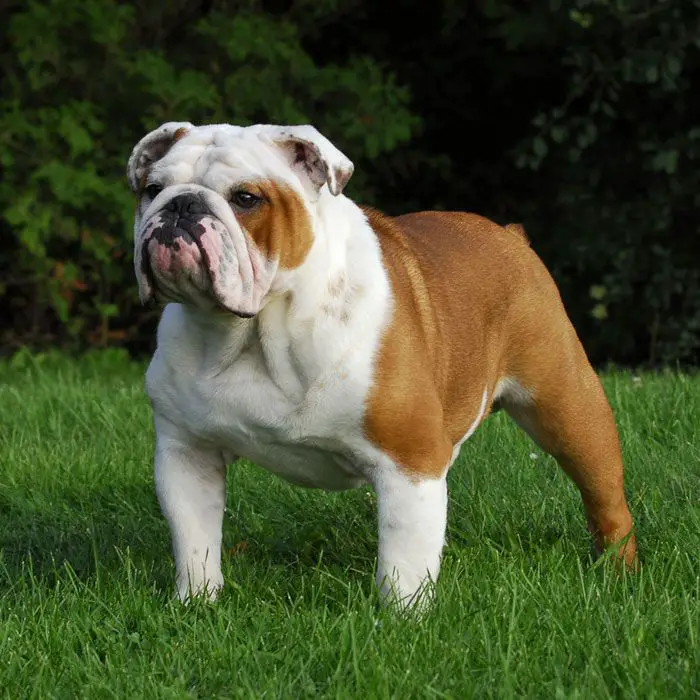
7. Cavalier King Charles Spaniel
- Price Range: $2,000 – $7,000
- Why It’s Valuable: Known for its elegance and affectionate temperament, it’s a favorite among royalty.
- Best For: Apartment living, seniors, families with children.

8. Akita
- Price Range: $3,500 – $7,500
- Why It’s Valuable: A strong, loyal breed with deep cultural significance in Japan.
- Best For: Owners who want an independent but loving dog.
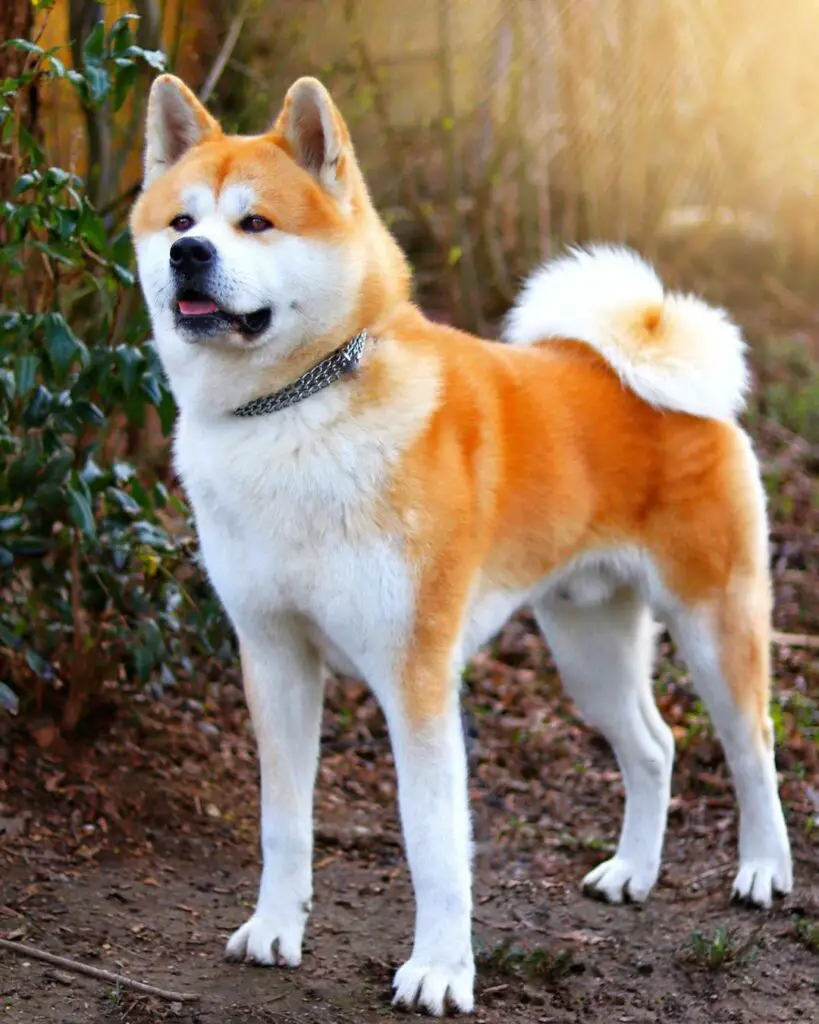
9. Pharaoh Hound
- Price Range: $3,000 – $6,500
- Why It’s Valuable: This ancient breed is athletic, graceful, and rare.
- Best For: Active owners, people with space for running.
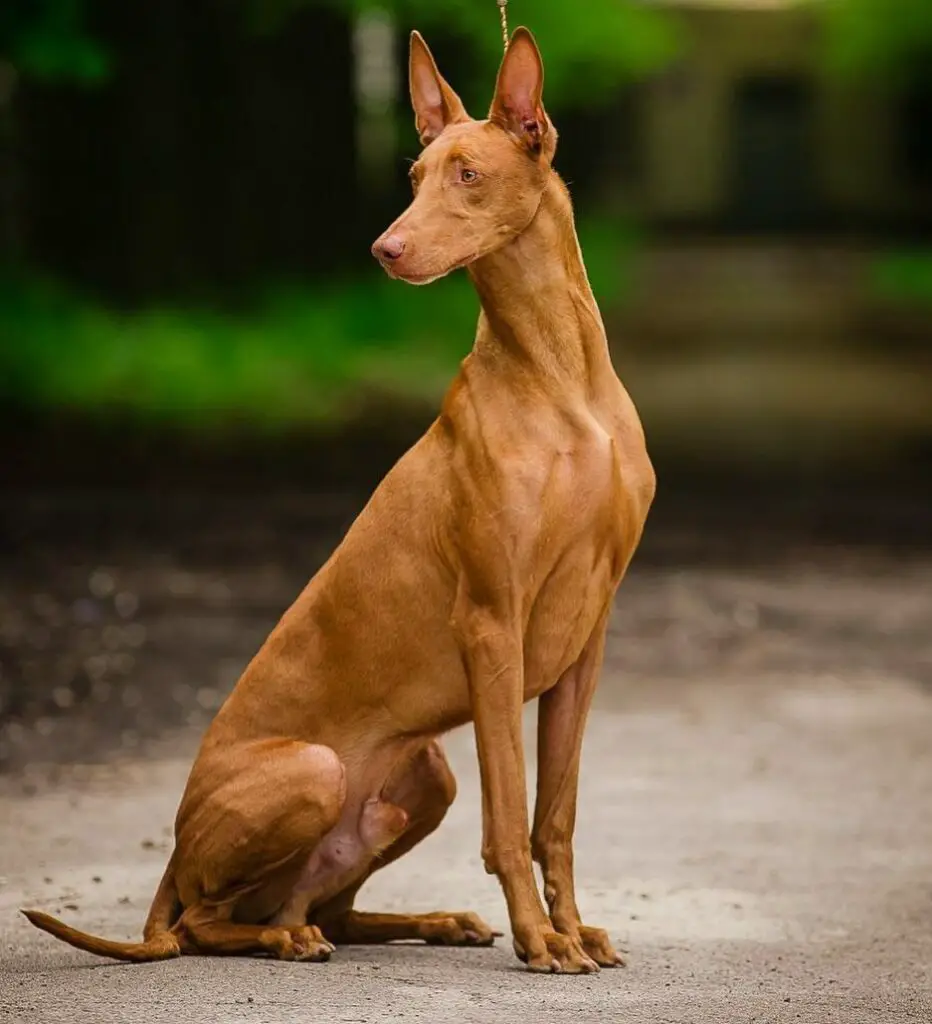
10. Canadian Eskimo Dog
- Price Range: $3,500 – $7,000
- Why It’s Valuable: A strong working dog that is one of the rarest breeds in the world.
- Best For: Cold climates, experienced dog owners.

Image Source: https://www.pinterest.com/
Pros and Cons of Owning a Valuable Dog
✅ Pros:
- Unique and prestigious pets.
- Often well-bred with good health.
- Great companions and protectors.
❌ Cons:
- Very expensive to buy and maintain.
- Some have special grooming or dietary needs.
- Higher risk of theft due to their value.
How to Choose the Right Valuable Dog for Your Home
- Consider Your Lifestyle: Active or low-energy dog?
- Look at the Costs: Vet bills, grooming, and food add up!
- Space Matters: Some breeds need large yards, others thrive in apartments.
- Check for Reputable Breeders: Avoid scams and unethical breeding.
FAQs
What is the most expensive dog ever sold?
A Tibetan Mastiff was once sold for $2 million, making it the most expensive dog ever.
Are expensive dogs healthier?
Not necessarily. Some have genetic health issues, while others are bred for strong bloodlines.
Which expensive dog is best for apartments?
The Löwchen, Cavalier King Charles Spaniel, and English Bulldog are great for small spaces.
Conclusion
Owning a valuable dog is more than just a status symbol—it’s a commitment. While these expensive breeds are beautiful and unique, they require proper care, training, and attention. If you’re considering one, make sure it fits your lifestyle and that you can afford its upkeep. After all, the best dog for you isn’t necessarily the most expensive—it’s the one that fits your home and heart the best!
Homes & Gardens
Vegetable Plants That Can Be Grown at Home for Consumption
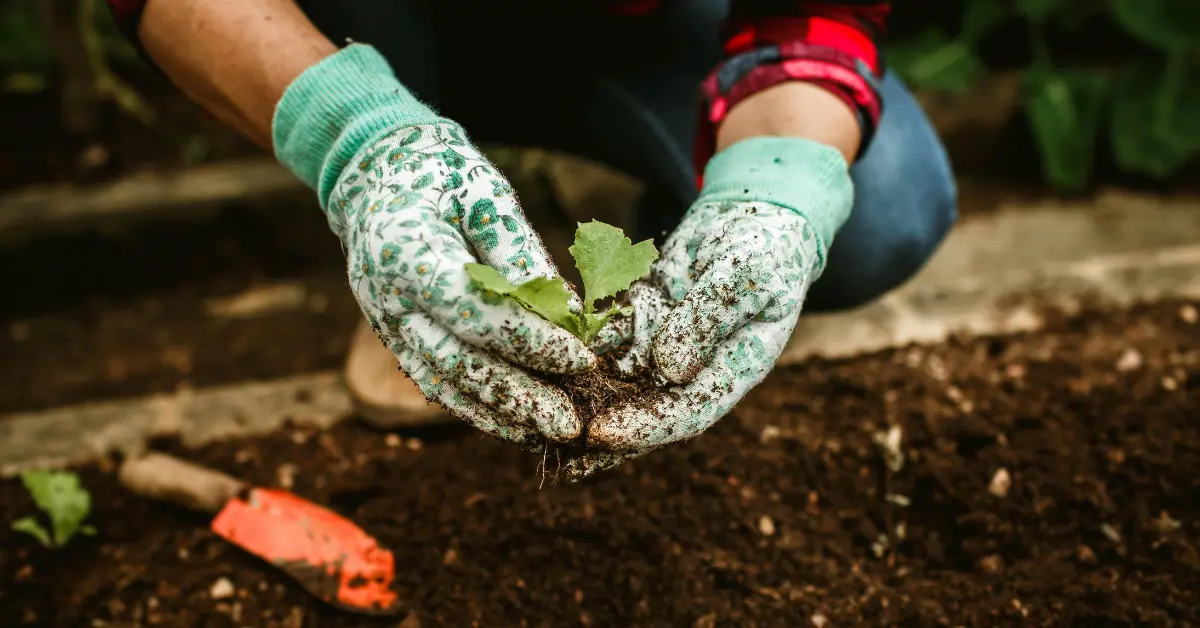
Growing your own vegetables at home isn’t just a fun and rewarding hobby—it’s a smart way to save money, eat healthier, and reduce your environmental impact. Whether you’re a beginner gardener or someone looking to maximize your backyard or balcony space, there are plenty of vegetable plants you can grow easily at home. This guide covers everything you need to know to get started and grow delicious, fresh produce for your table.
Key Takeaways
- Growing vegetables at home is simple, even with limited space.
- Some easy-to-grow vegetables include tomatoes, spinach, carrots, and herbs like basil.
- You can grow vegetables in your garden, on a balcony, or indoors with the right setup.
- Following sustainable practices can ensure long-term success and better yields.
What Vegetables Can You Grow at Home?
The answer is simple: almost any vegetable! With proper care, you can grow a variety of plants at home, from leafy greens and herbs to root crops and fruiting vegetables. The key is choosing plants suited to your available space, climate, and skill level.
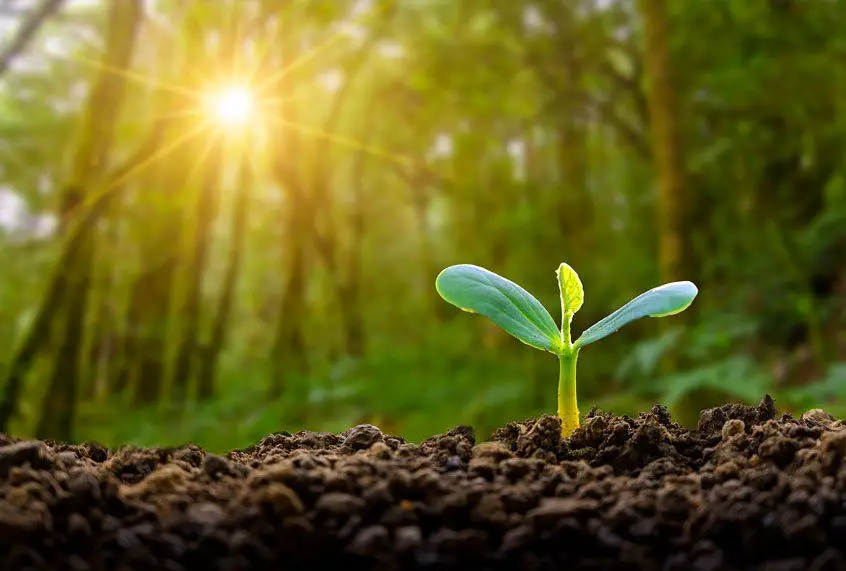
Benefits of Growing Vegetables at Home
Healthier Diet: Fresh vegetables from your garden are free of harmful chemicals and packed with nutrients.
Cost Savings: Growing your own food reduces grocery bills, especially for high-demand items like herbs and leafy greens.
Sustainability: By avoiding store-bought vegetables, you cut down on packaging waste and food transportation emissions.
Stress Relief: Gardening is a therapeutic activity that connects you to nature while providing a sense of accomplishment.
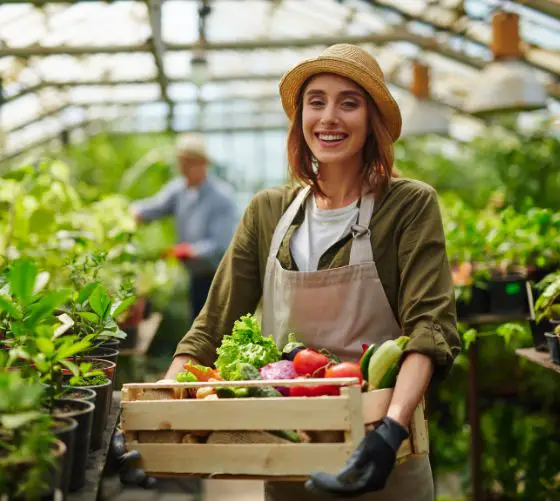
Best Vegetable Plants for Home Gardens
Here’s a breakdown of the best vegetables for different growing conditions:
1. Herbs
Perfect for small spaces, herbs like basil, mint, parsley, and cilantro are easy to grow in pots or on windowsills. They grow quickly and don’t need much maintenance.
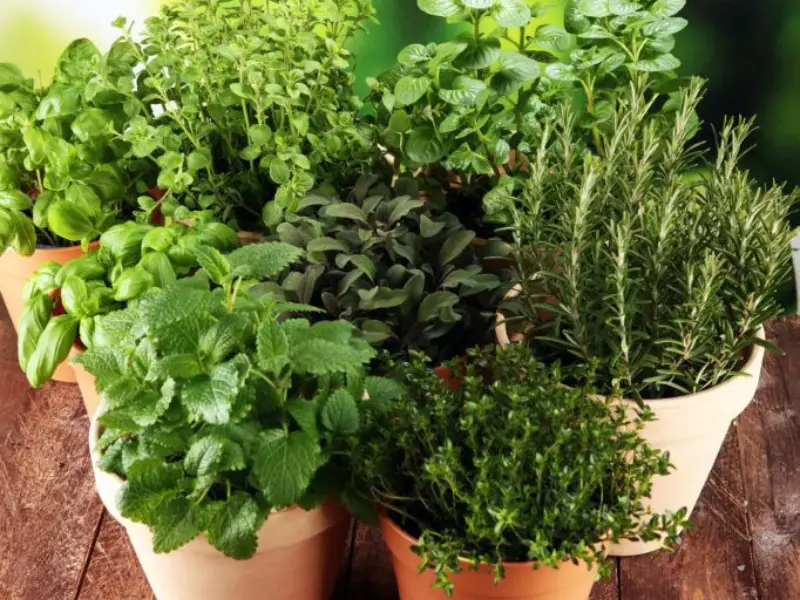
2. Leafy Greens
Spinach, lettuce, kale, and Swiss chard thrive in both small containers and garden beds. They grow fast and can be harvested multiple times.
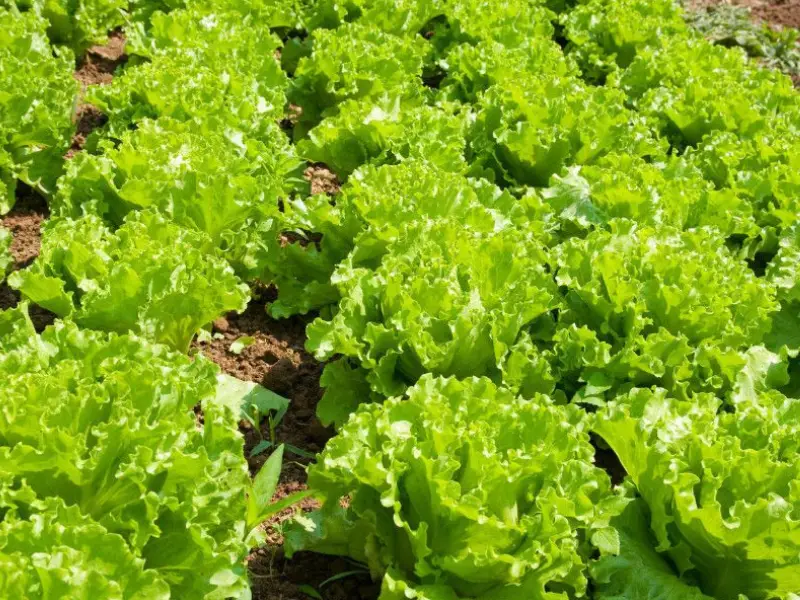
3. Fruiting Vegetables
Tomatoes, peppers, cucumbers, and eggplants are excellent options for home gardens. They require a bit more care, but the fresh flavors are worth the effort.
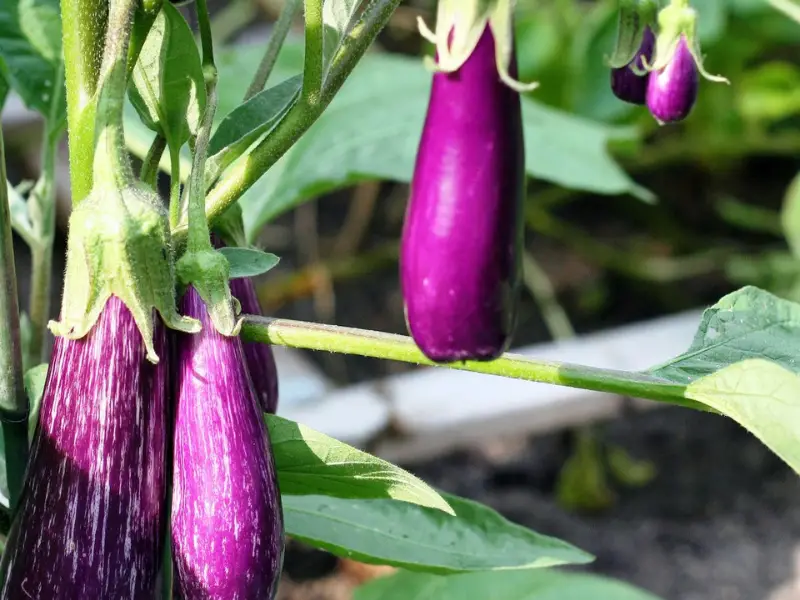
4. Root Vegetables
Carrots, radishes, beets, and onions grow well in loose, well-drained soil. They’re great for gardens or deep pots.
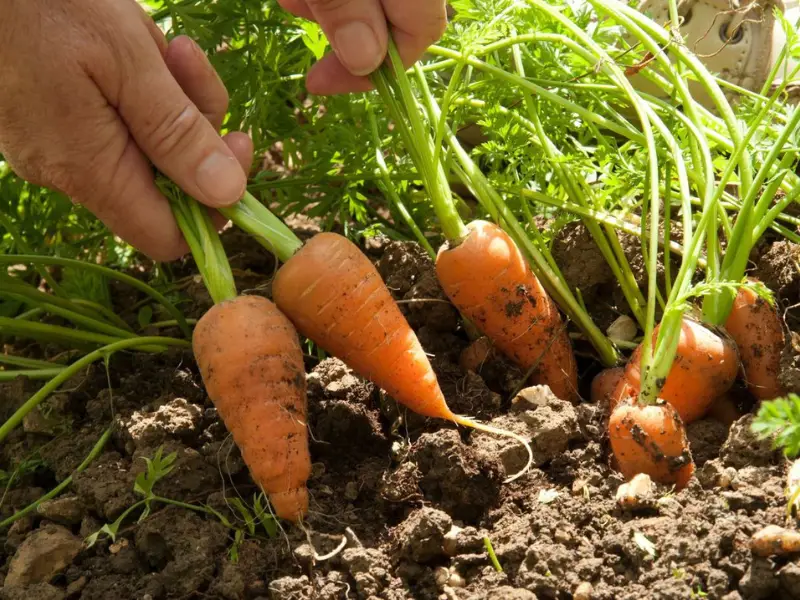
5. Climbing Vegetables
Beans, peas, and squash are perfect for maximizing vertical space. A simple trellis or support system can make them easy to manage.
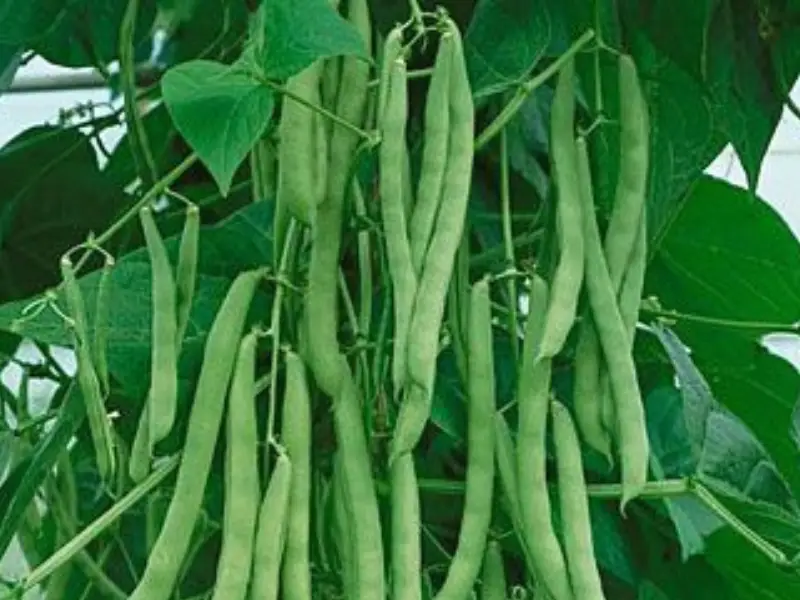
Tips for Growing Vegetables at Home
Space and Light
- Balcony/Small Space: Use containers and vertical gardening methods.
- Backyard Garden: Plant directly in the ground for larger yields.
- Indoors: Use grow lights to mimic sunlight if needed.
Soil and Fertilization
- Use nutrient-rich, well-draining soil.
- Add compost or organic fertilizer to boost plant health.
Watering
- Keep the soil moist but not waterlogged.
- Water early in the morning or late in the evening to reduce evaporation.
Climate
- Select vegetables suited to your local growing season.
- Protect plants from frost or extreme heat using covers or shade.
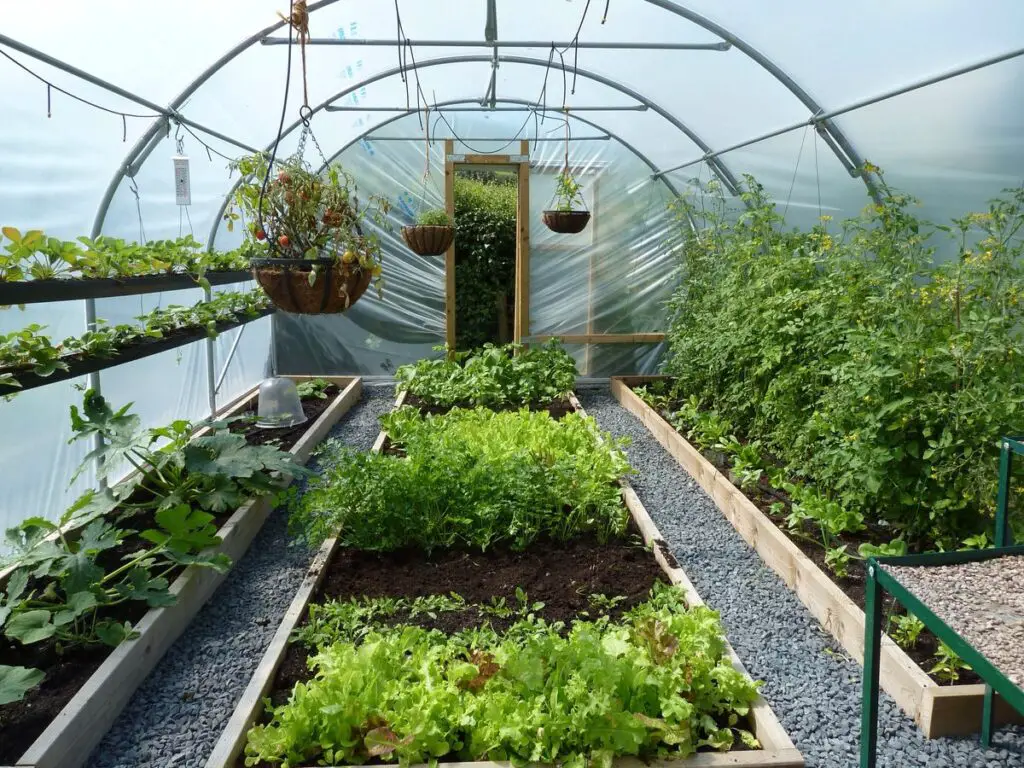
Easy Vegetables for Beginners
If you’re new to gardening, start with these easy-to-grow vegetables:
- Cherry Tomatoes: Require minimal space and grow quickly.
- Radishes: Ready to harvest in just a few weeks.
- Leaf Lettuce: Can be harvested multiple times.
- Green Onions: Perfect for small pots and windowsills.
- Basil: Low-maintenance and grows quickly.
Step-by-Step Guide to Starting Your Vegetable Garden
- Plan Your Garden
- Choose vegetables suited to your space and climate.
- Decide whether to use containers, raised beds, or direct planting.
- Prepare the Soil
- Loosen the soil to improve drainage.
- Add compost or organic fertilizer for nutrients.
- Plant Seeds or Seedlings
- Follow the spacing instructions on seed packets.
- Plant seeds at the correct depth for optimal growth.
- Water and Care Regularly
- Water consistently and check soil moisture daily.
- Remove weeds and keep pests under control.
- Harvest When Ready
- Pick vegetables at their peak ripeness for the best flavor.
- Some plants, like lettuce, allow multiple harvests.
Common Mistakes to Avoid
- Overwatering: Too much water can lead to root rot.
- Ignoring Pests: Regularly inspect plants for insects or diseases.
- Crowding Plants: Give each plant enough space to grow.
- Planting at the Wrong Time: Check your local growing season before planting.
Sustainable Gardening Practices
- Compost: Turn kitchen scraps into natural fertilizer.
- Pesticide Alternatives: Use natural methods like neem oil or companion planting.
- Save Seeds: Collect seeds from your plants for the next season.
FAQs
Q: What vegetables grow fastest at home?
A: Radishes, lettuce, spinach, and green onions grow quickly, often in less than a month.
Q: Can I grow vegetables indoors?
A: Yes, with proper lighting and containers, you can grow herbs, leafy greens, and even some root vegetables indoors.
Q: How do I know when to harvest?
A: Check the size and color of your vegetables. Most seed packets provide specific harvesting guidelines.
Conclusion
Growing vegetables at home is easier than you think and incredibly rewarding. Whether you have a big backyard or just a balcony, there’s always a way to cultivate fresh, healthy produce for your family. Start small, care for your plants regularly, and enjoy the satisfaction of harvesting your own food. Happy gardening!
Homes & Gardens
Types of Fruits That Can Be Planted in the Garden
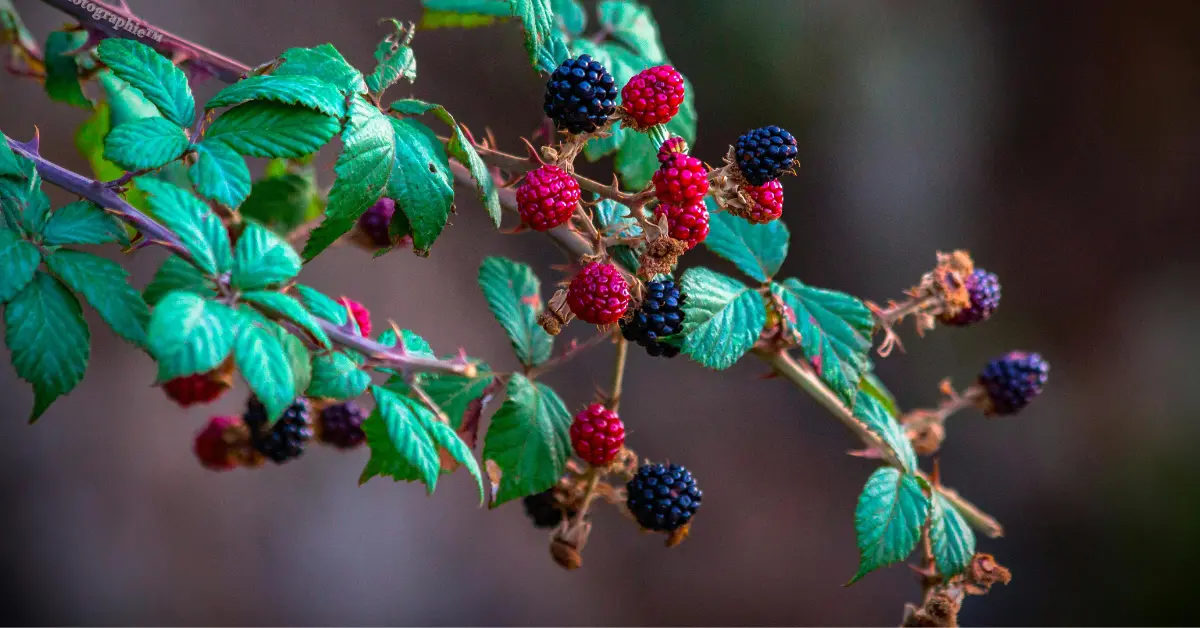
Growing fruits in your garden isn’t just about saving money on groceries. It’s about creating a sustainable space, enjoying the freshest produce, and adding beauty to your yard. But with so many fruits to choose from, how do you know where to start? This guide will help you figure it out step by step.
Key Takeaways
- Learn which fruits grow best in home gardens based on your space and climate.
- Understand the different types of fruits—trees, berries, vines, and tropical options.
- Get practical tips for planting, maintaining, and solving common gardening challenges.
Factors to Consider Before Planting Fruits
Before planting, it’s essential to think about your garden’s unique conditions. Not every fruit will thrive in every yard. Here’s what to keep in mind:
Climate and USDA Hardiness Zone
Your local climate plays a massive role in what you can grow. For example:
- Apples and pears prefer cooler climates.
- Citrus fruits like lemons and oranges thrive in warm, sunny areas.
Check your USDA hardiness zone to match fruits to your region.

Space Availability
Fruit trees, like apples and peaches, need a good amount of space to grow. If you’ve got limited space, dwarf trees or container-friendly plants like blueberries are excellent alternatives.
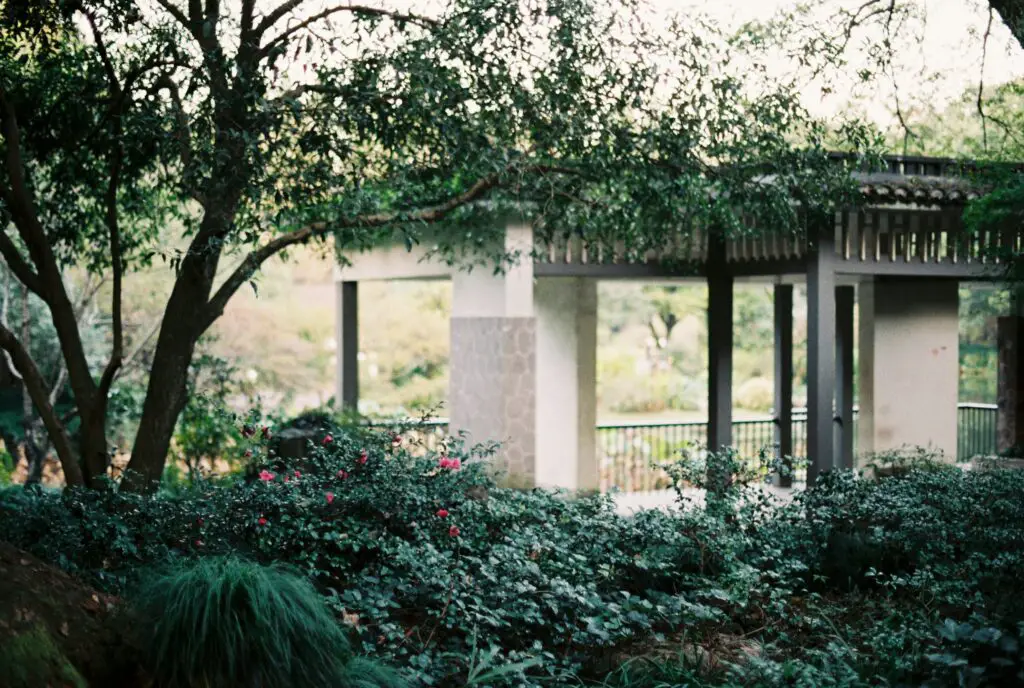
Soil Type and pH Levels
Healthy soil is the foundation of any thriving garden. Most fruits prefer slightly acidic to neutral soil (pH 6-7). Test your soil’s pH and add amendments like compost to improve quality.
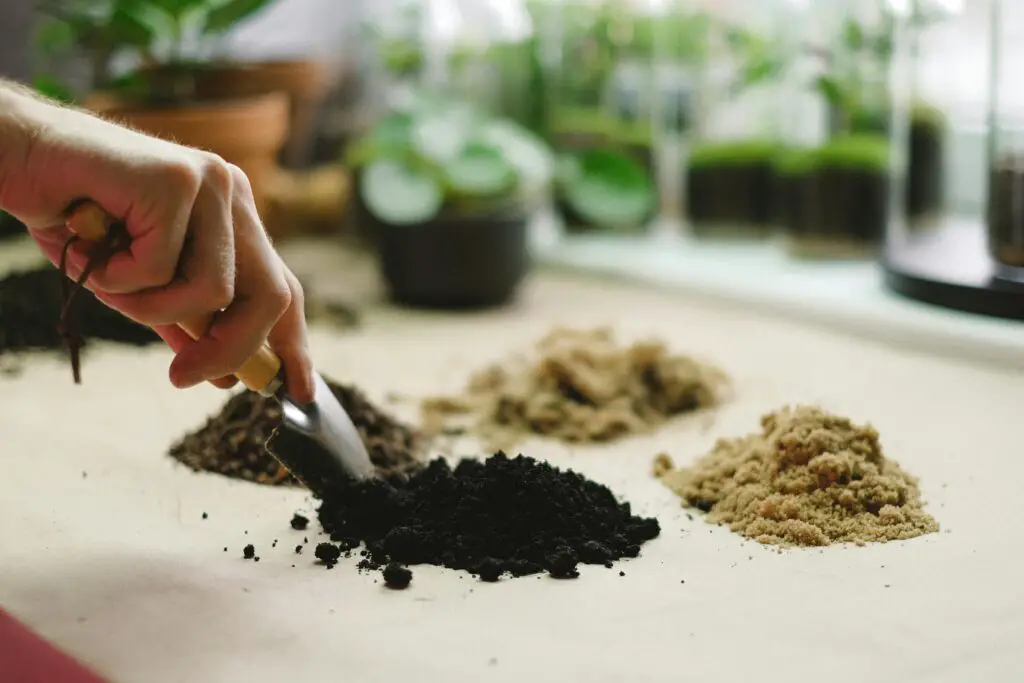
Sunlight and Water Needs
Fruits need plenty of sunlight—about 6-8 hours daily. Also, consistent watering is crucial, especially during the growing season. Drip irrigation systems can make this easier.
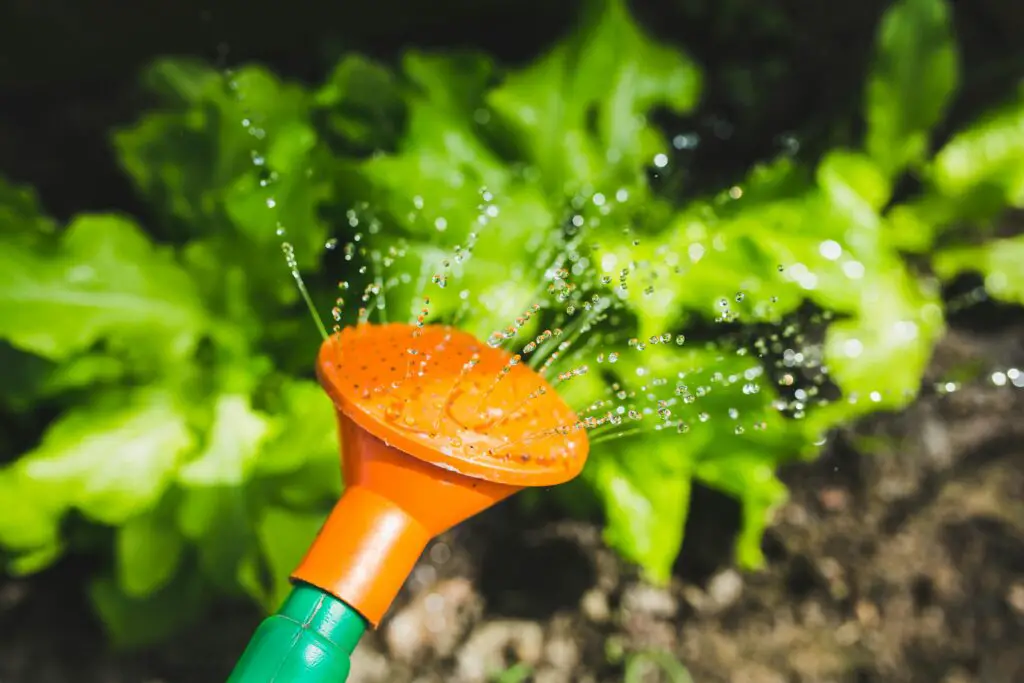
Types of Fruits to Grow in Your Garden
Now, let’s dive into the different types of fruits you can plant. Each category has unique characteristics to suit various needs.
Fruit Trees
Perfect for larger spaces, fruit trees add shade and yield a generous harvest. Here are some favorites:
- Apples: Easy to grow in temperate climates, with countless varieties to try.
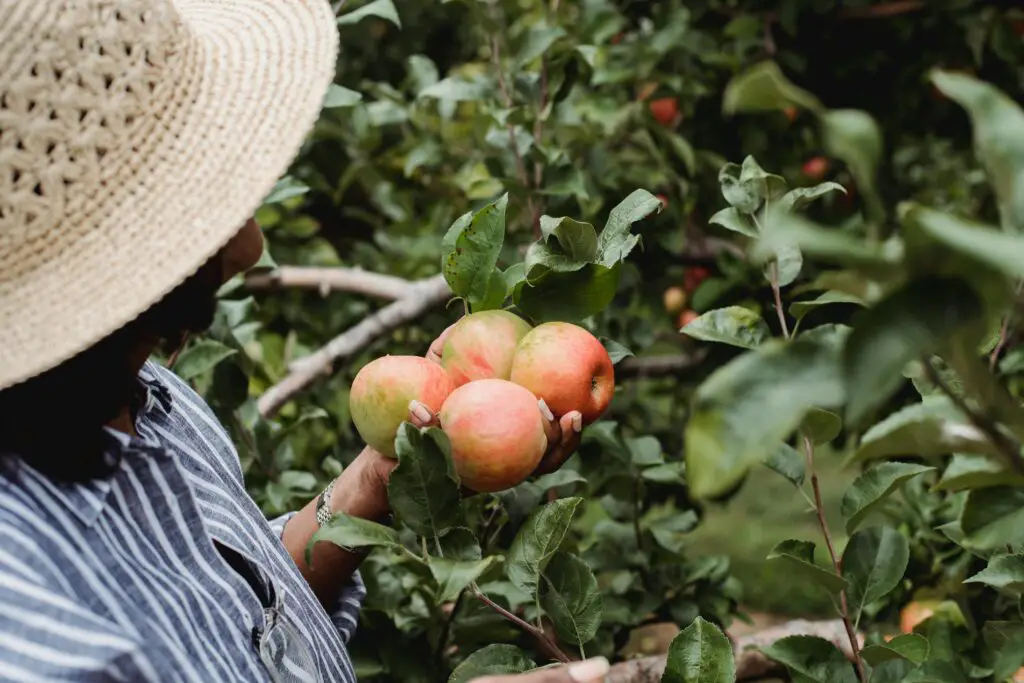
- Pears: Low-maintenance and great for beginners.
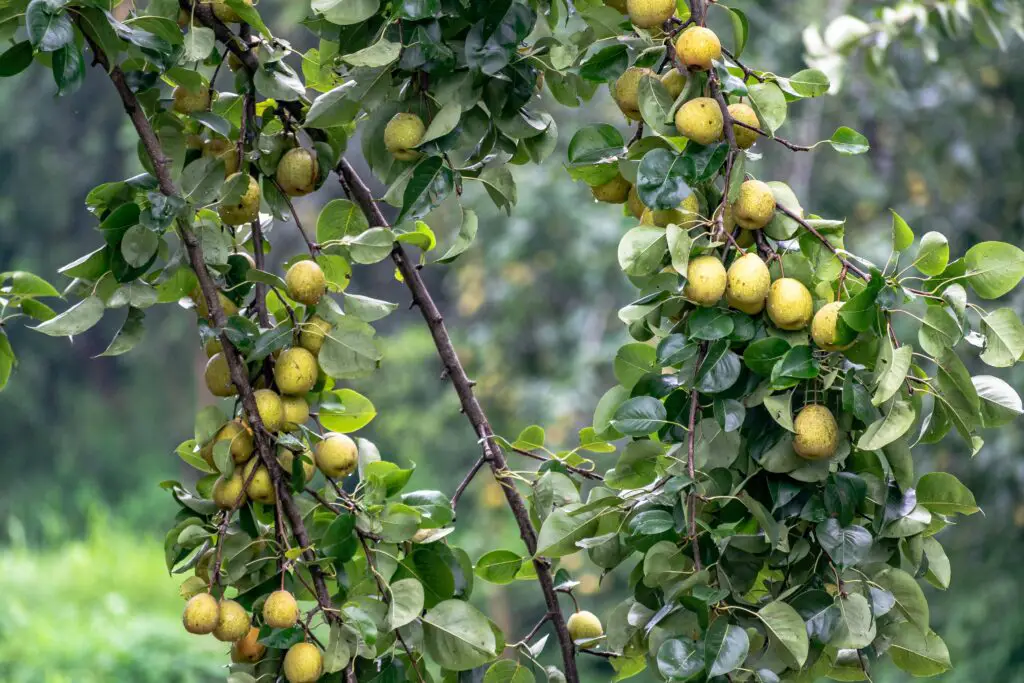
- Cherries: Sweet or sour, they’re a treat for pies or fresh snacking.
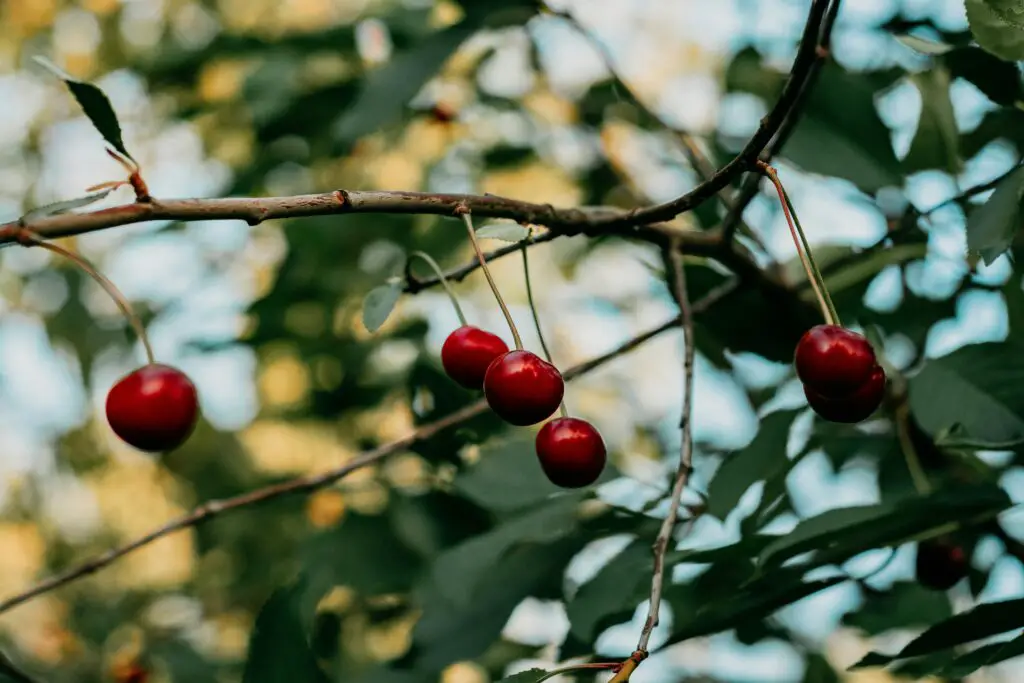
- Peaches & Nectarines: Best suited for warm climates with plenty of sun.
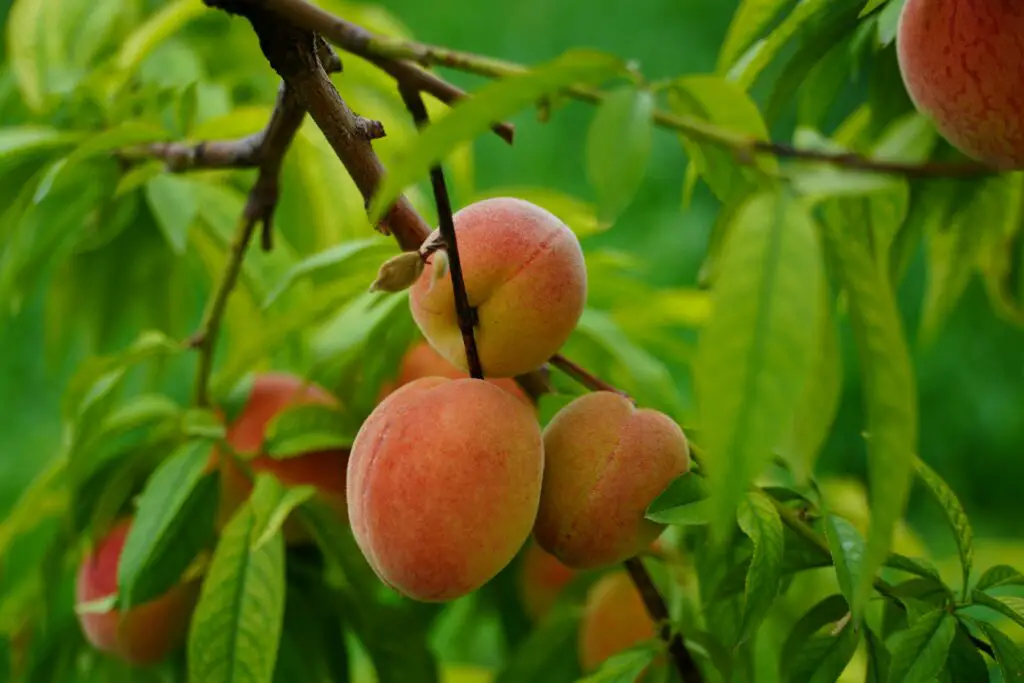
- Plums: Require less space than other fruit trees, making them more garden-friendly.
Berry Bushes
Berries are compact, making them ideal for small gardens or containers. Plus, they’re rich in antioxidants!
- Strawberries: Grow quickly and are perfect for containers or hanging baskets.
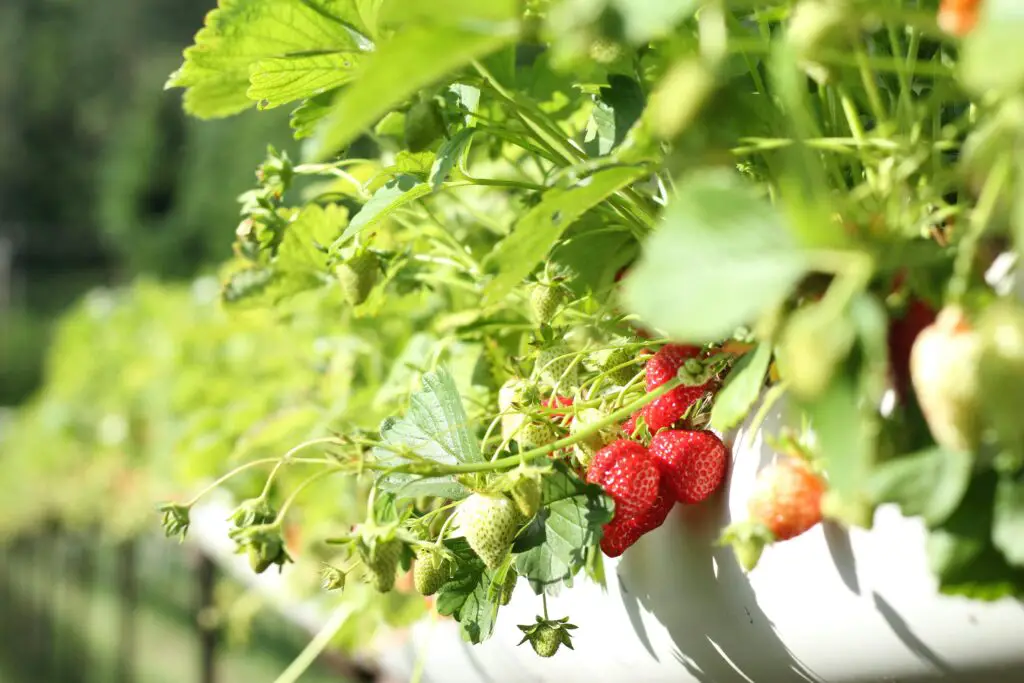
- Blueberries: Need acidic soil but are incredibly rewarding.
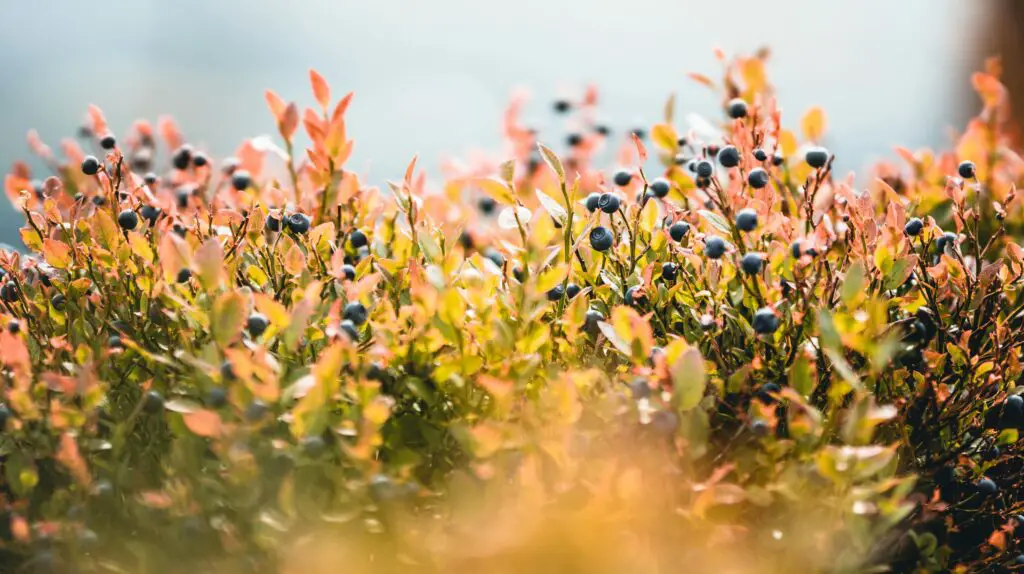
- Raspberries & Blackberries: Thrive with minimal care and spread easily.
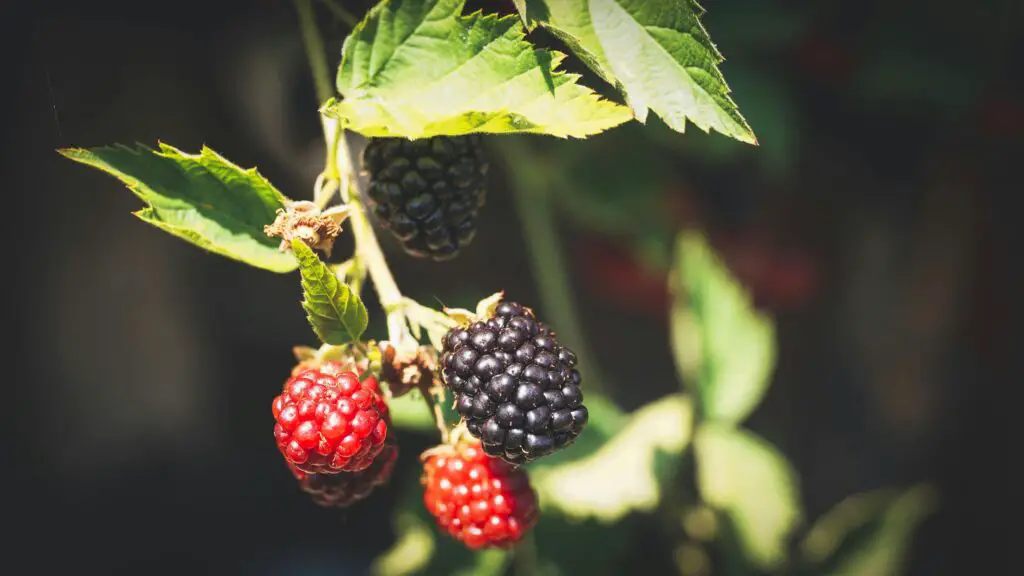
- Gooseberries: Perfect for cooler climates.
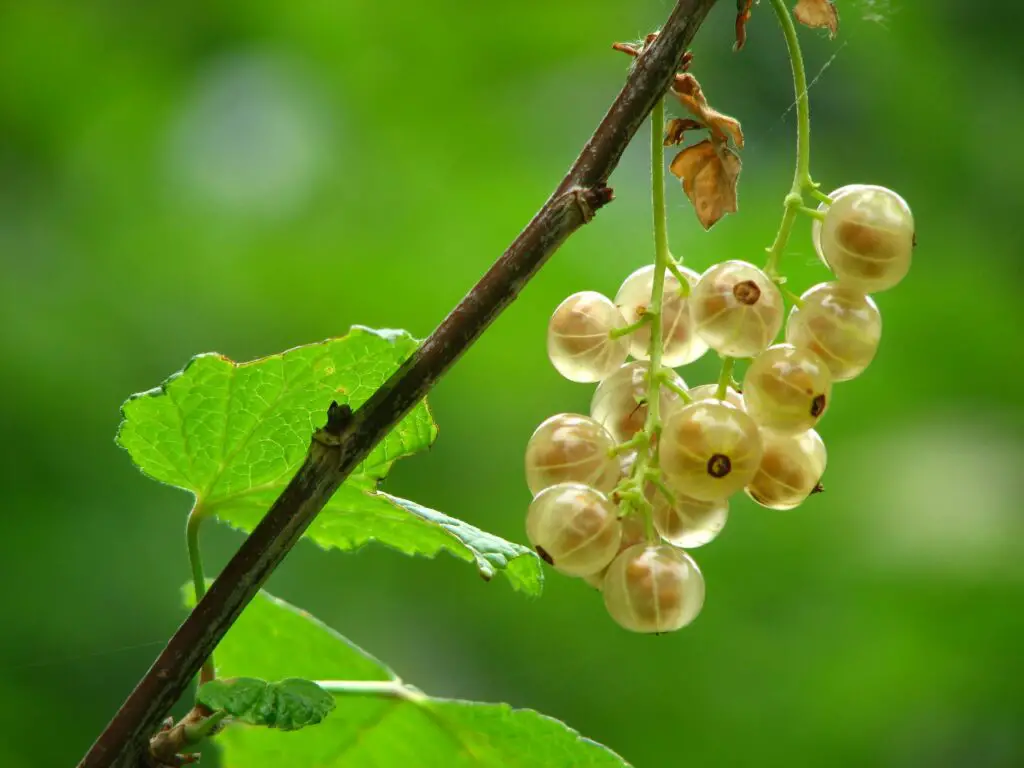
Vining Fruits
If you’re short on ground space, climbing fruits are a fantastic choice.
- Grapes: Need strong support structures like trellises or pergolas.
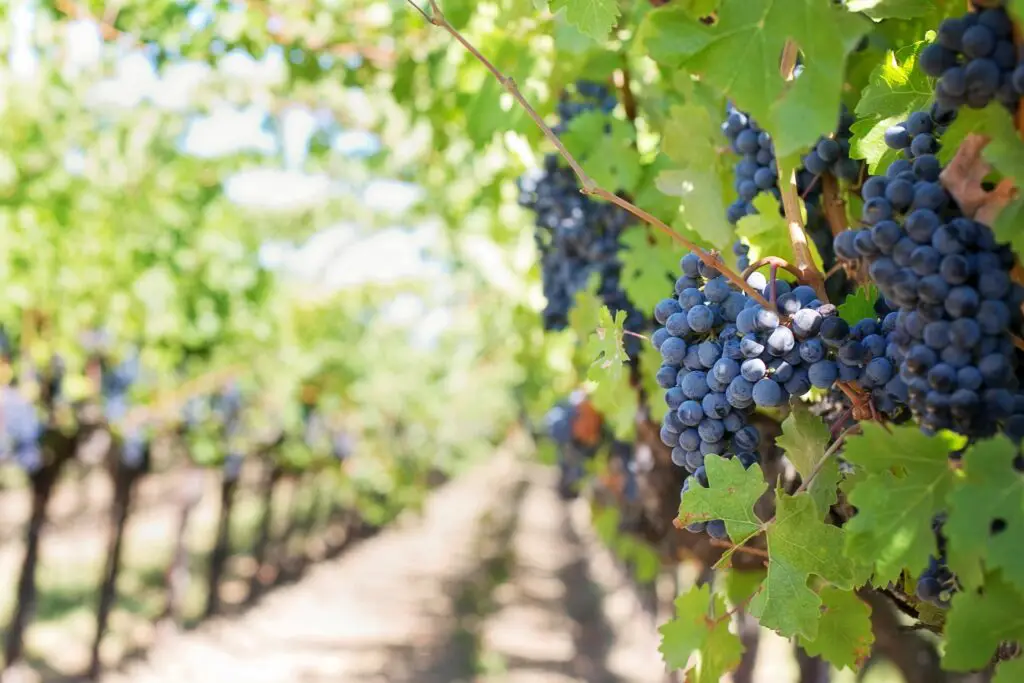
- Passionfruit: An exotic, fast-growing vine for warmer areas.
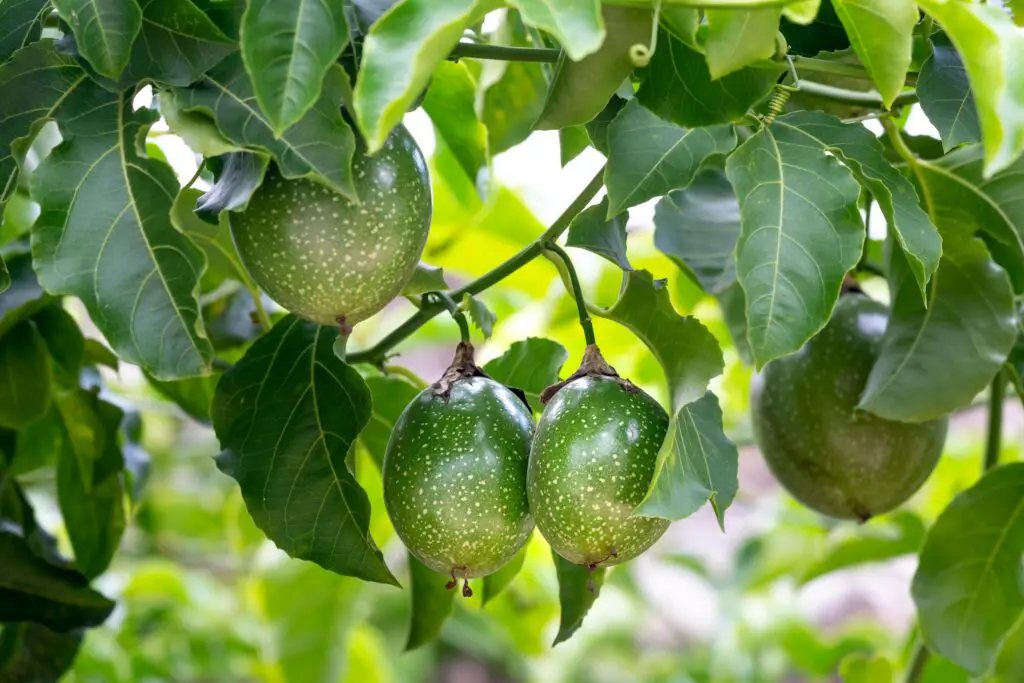
- Melons: Watermelon and cantaloupe require warm weather and sprawling space.
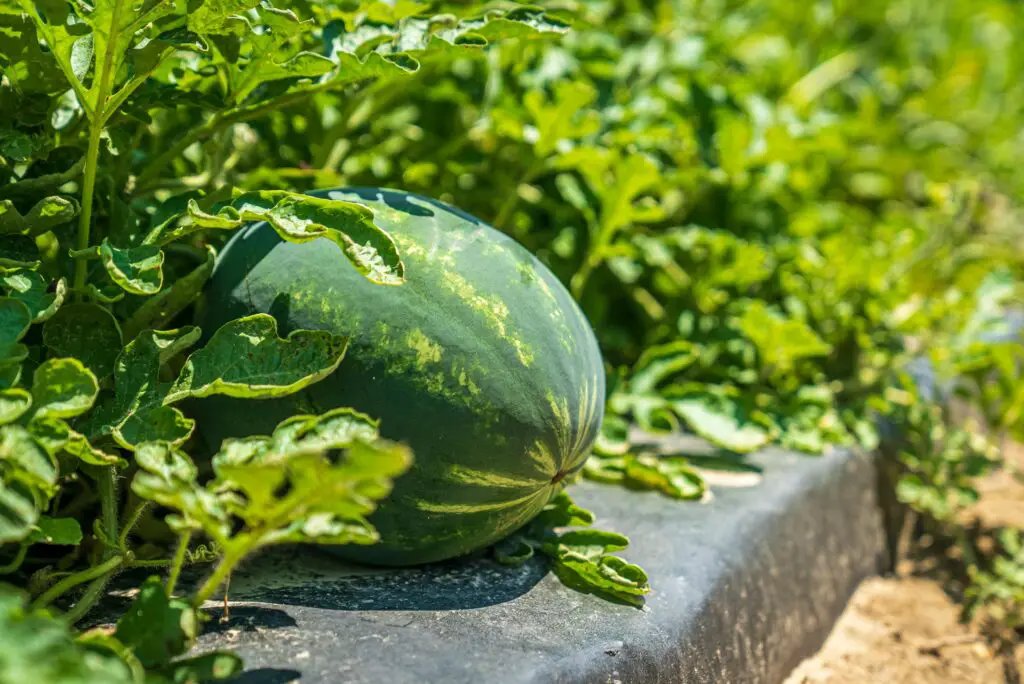
Tropical and Exotic Fruits
For gardeners in warm climates, these add a unique touch:
- Citrus (Lemons, Oranges, Limes): Beautiful, fragrant trees that thrive in full sun.
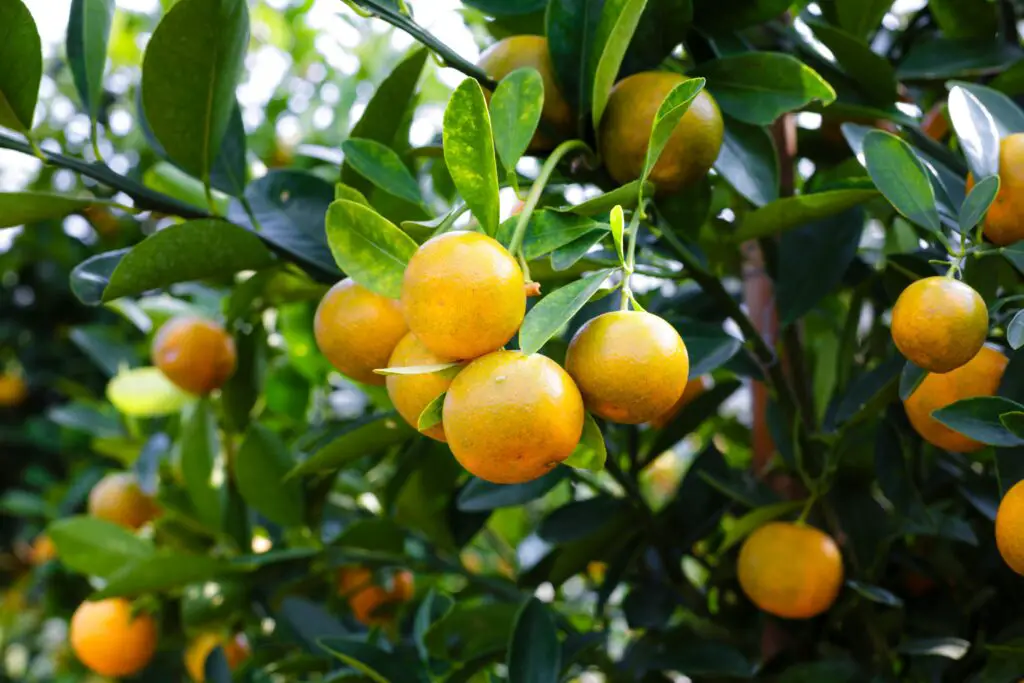
- Figs: Can even grow well in containers for colder climates if brought indoors.
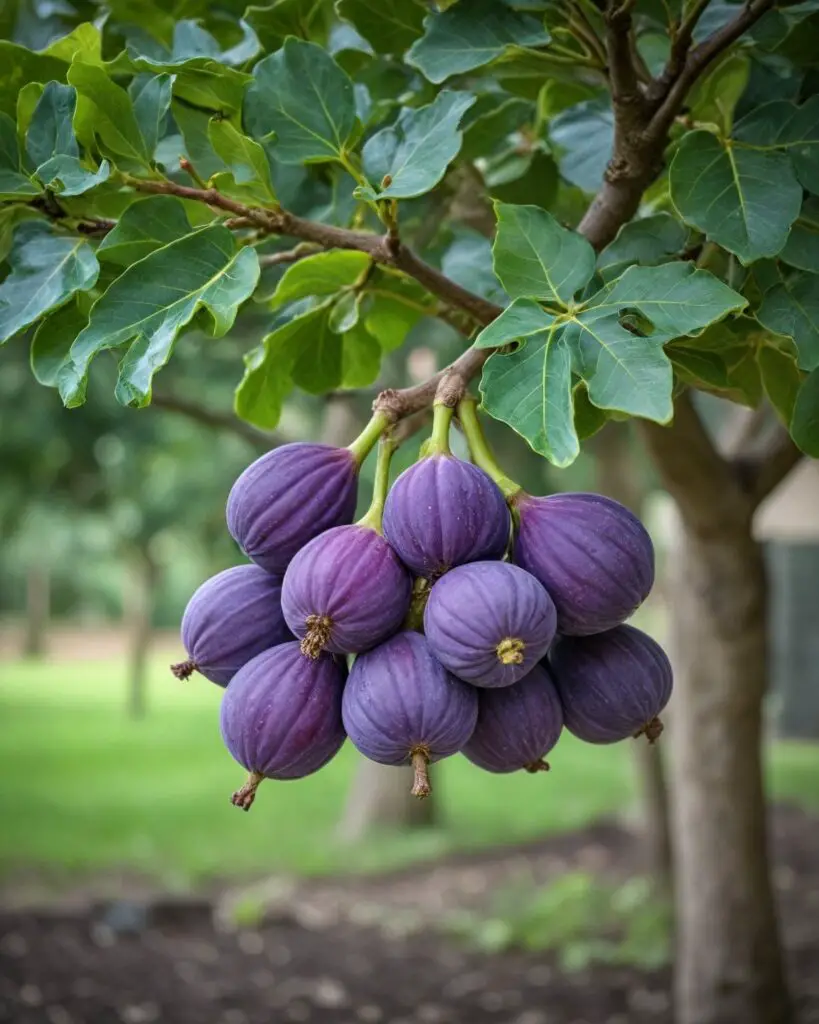
- Pomegranates: Hardy and drought-tolerant, perfect for Mediterranean-like climates.
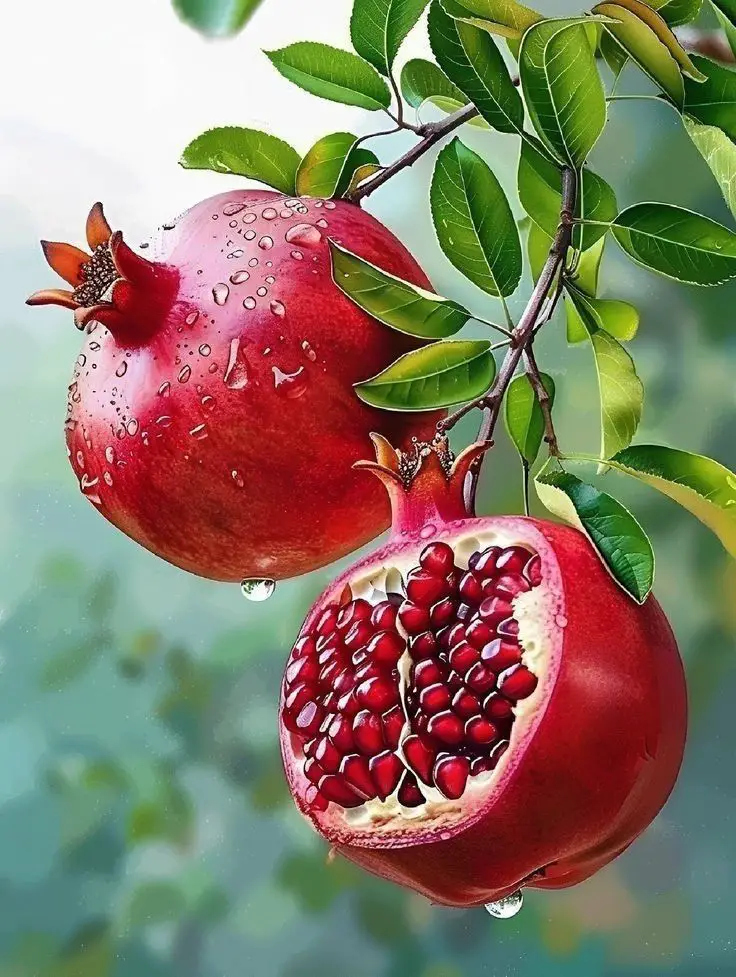
Dwarf and Container-Friendly Fruits
Short on space? Go for these:
- Dwarf Citrus Trees: Great for patios or small gardens.
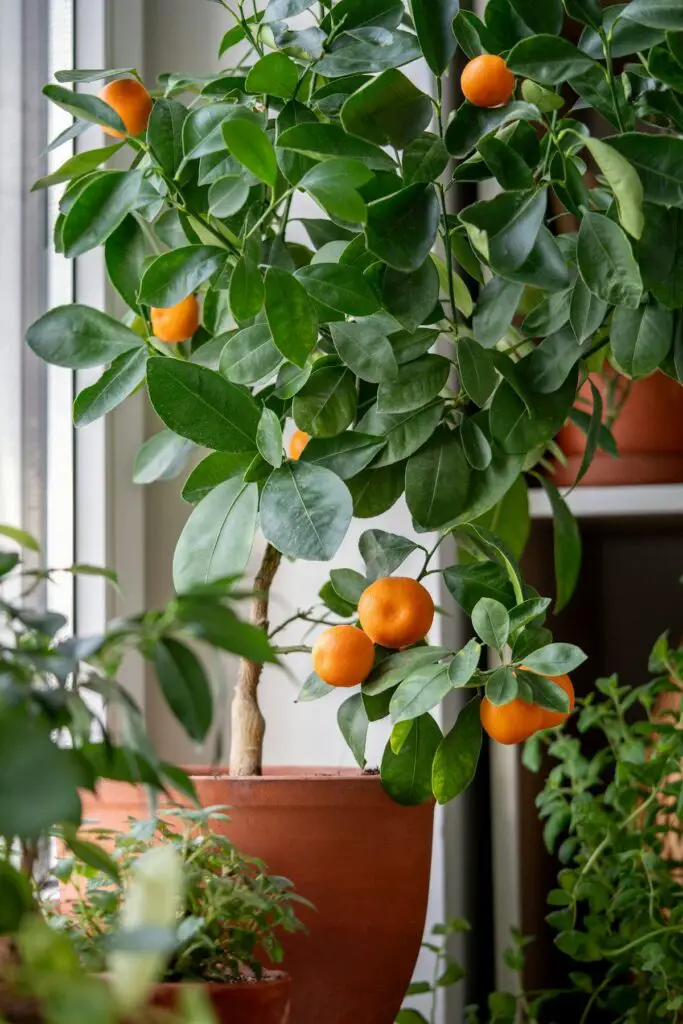
- Patio Strawberries: Compact and perfect for hanging baskets.
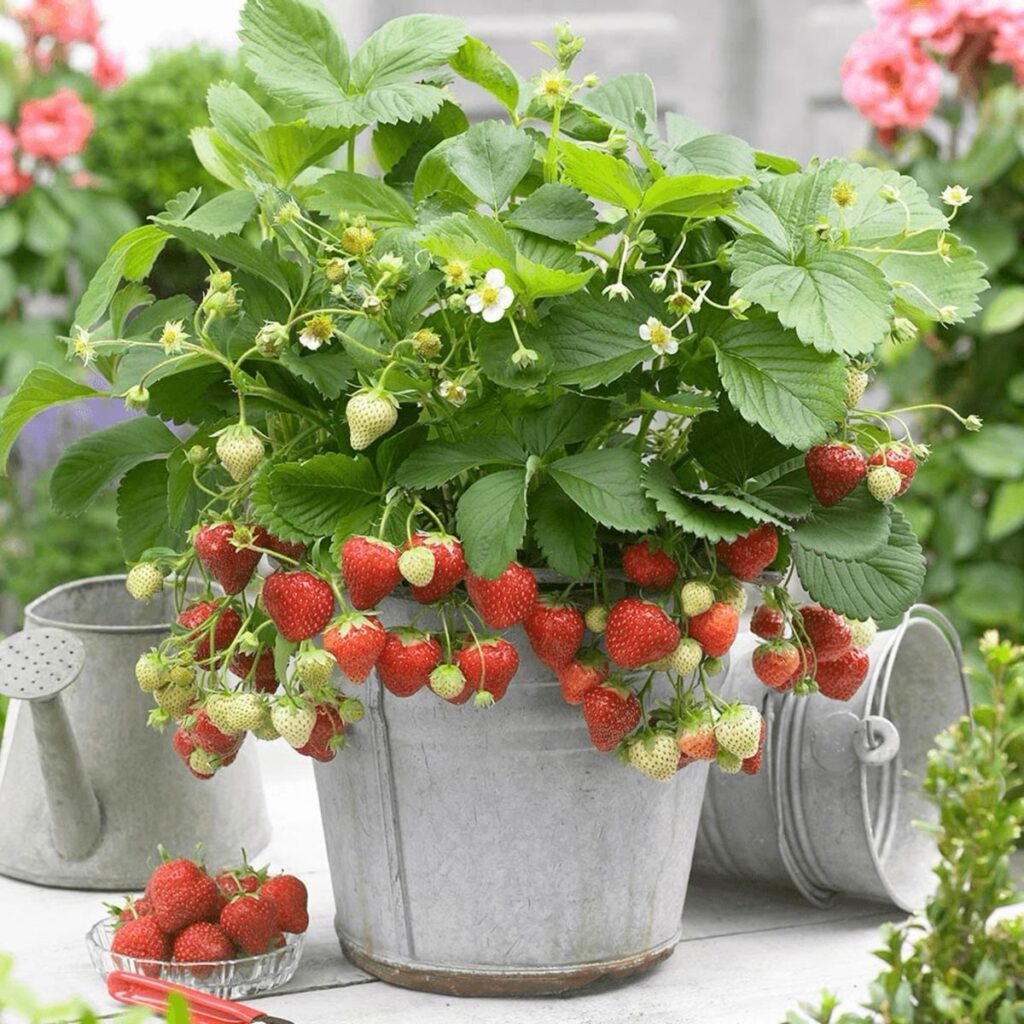
- Compact Blueberries: Easy to grow in pots with the right soil.
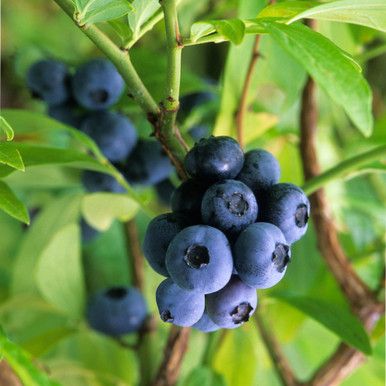
How to Grow Fruits Successfully
Growing fruits takes effort, but the results are worth it. Follow these steps:
- Choose the Right Location: Pick a spot with enough sunlight and good drainage.
- Prepare the Soil: Test and amend soil for the right nutrients and pH balance.
- Plant Correctly: Follow planting instructions for depth and spacing.
- Water and Fertilize: Keep soil moist but not waterlogged, and use organic fertilizers for growth.
- Prune Regularly: Trim plants to encourage healthy growth and remove dead branches.
- Monitor for Pests: Use natural pest control methods or companion plants to deter bugs.
Common Challenges and How to Solve Them
Pests and Diseases
- Use companion planting (e.g., marigolds) to repel pests.
- Apply organic treatments like neem oil to control diseases.
Weather Problems
- Protect plants with frost covers in colder months.
- Water deeply during hot, dry spells to avoid stress.
Poor Fruit Yield
- Check for proper pollination—some trees need a partner to bear fruit.
- Ensure adequate sunlight and nutrient-rich soil.
FAQs
What fruits are easiest to grow for beginners?
Strawberries, blueberries, and dwarf citrus trees are great for beginners because they’re low-maintenance.
How much time does it take for fruit trees to bear fruit?
It varies. Apple trees may take 3-5 years, while berries like strawberries produce in the first season.
Can I grow fruits on a balcony?
Yes! Go for container-friendly options like patio strawberries or compact blueberries.
What fruits grow well in cold climates?
Apples, pears, and gooseberries are excellent choices for colder regions.
Conclusion
Planting fruits in your garden is rewarding and fun. With the right planning, you can enjoy fresh, delicious fruits straight from your backyard. Start small, choose fruits that suit your climate and space, and grow your green thumb!
-
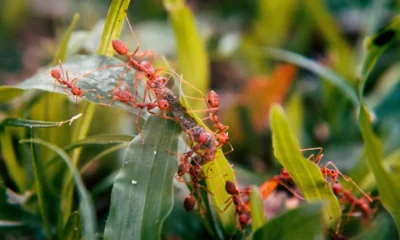
 Animals10 months ago
Animals10 months agoTypes of Ants Living in the World and Information
-

 Forests10 months ago
Forests10 months agoThe 10 Best Forests to Visit in the World
-

 Ocean11 months ago
Ocean11 months agoOceans in the World and Their Information & Locations
-
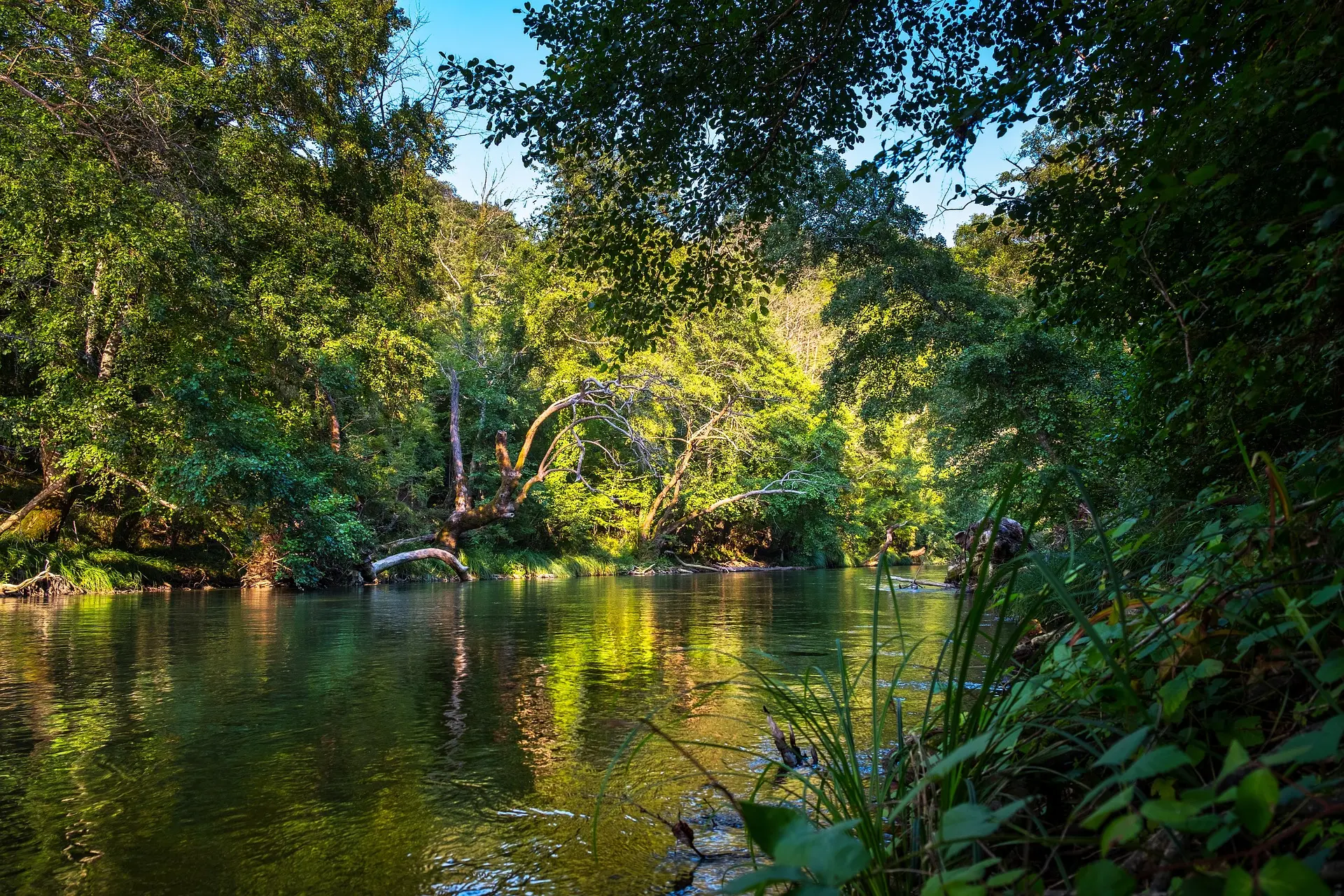
 Forests4 years ago
Forests4 years agoWhat Is The Biggest Rainforest In The World?
-

 Animals4 years ago
Animals4 years agoMost Popular Wild Animals in The World
-
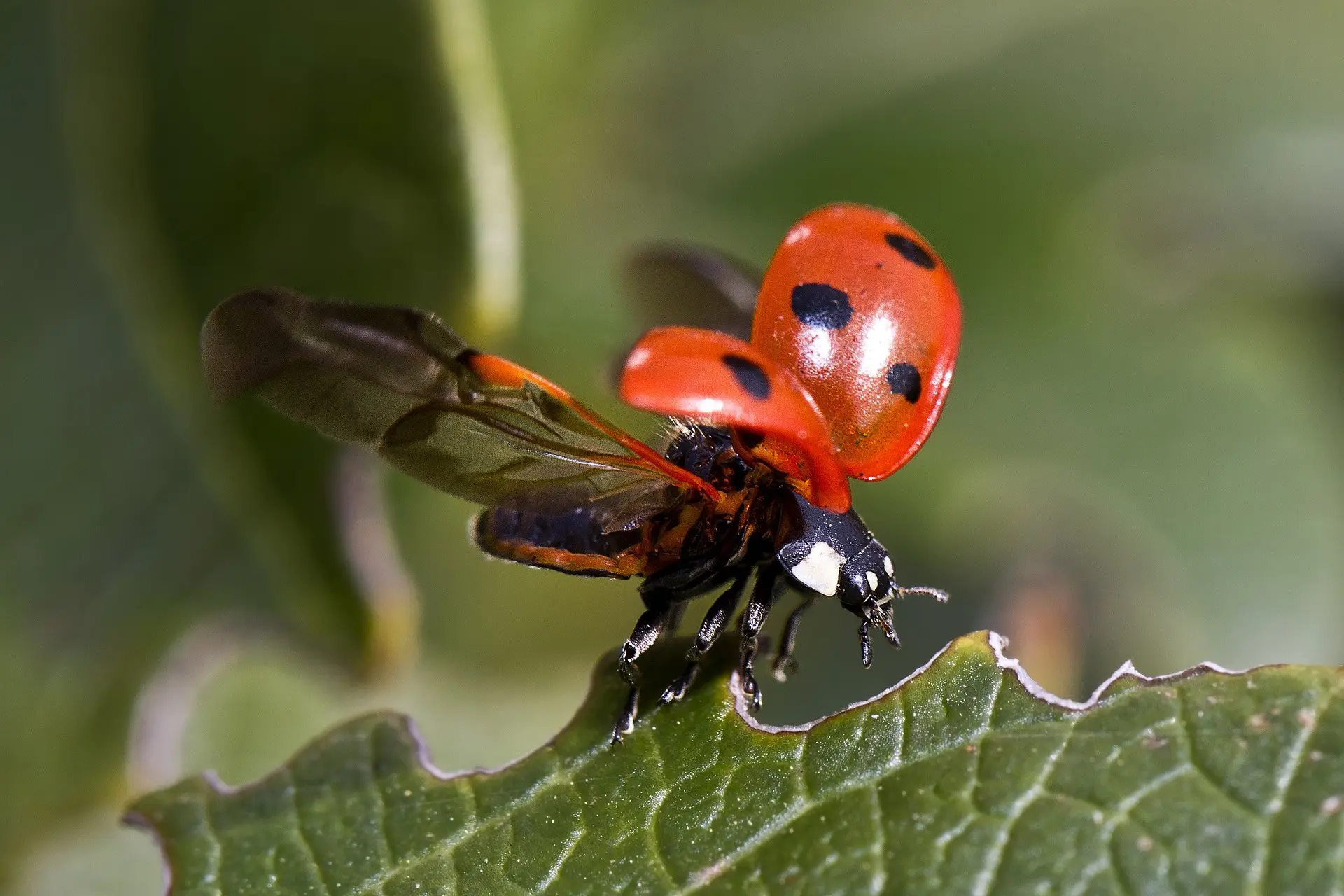
 Animals4 years ago
Animals4 years ago(10) Insects Are Animals in the world?
-

 Forests11 months ago
Forests11 months agoThe Main Factors That Contribute to Forest Destruction
-
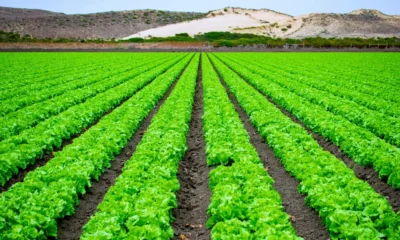
 Nature9 months ago
Nature9 months agoThe 10 Largest Farms in the World



